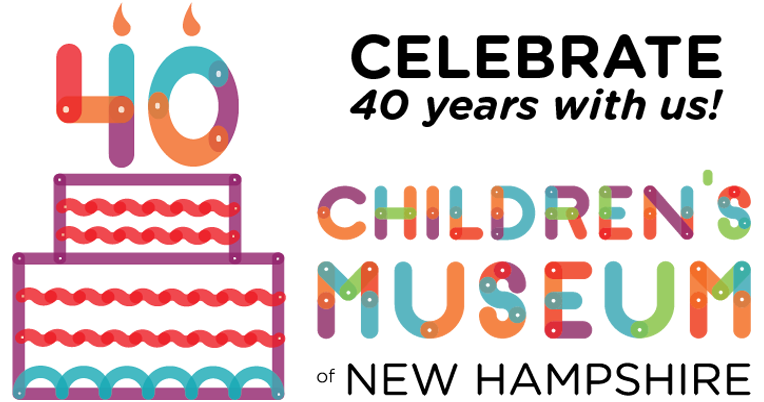Play Based Learning
Play Based Learning Tips
The Children's Museum of New Hampshire is sharing play based learning tips and activities through social media, and here on our website. These tips are designed to deliver information about Play Based Learning in an easy to read and short format. The tips are geared toward both teachers and caregivers with some tips applying more to the classroom, and some for learning at home.
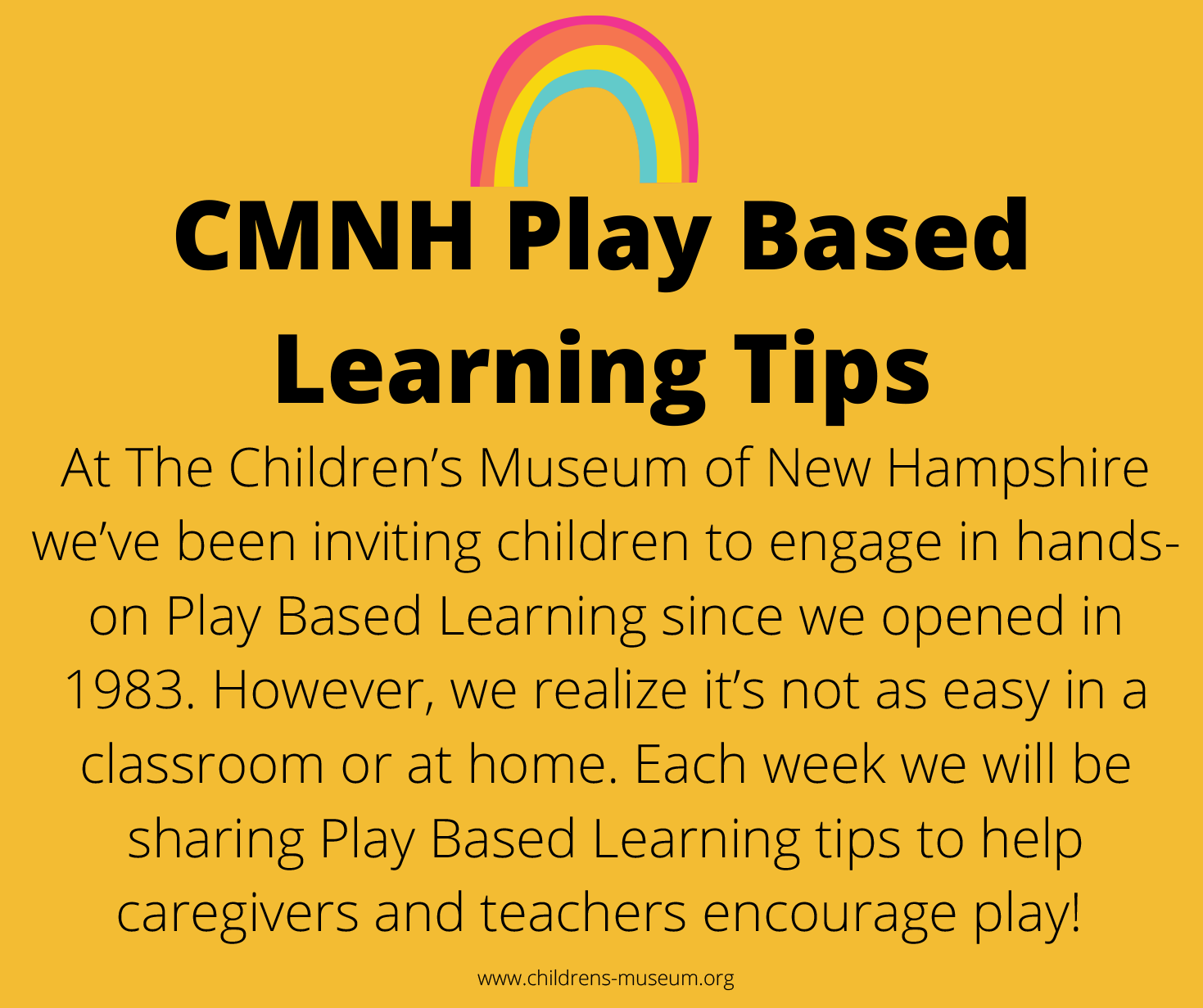
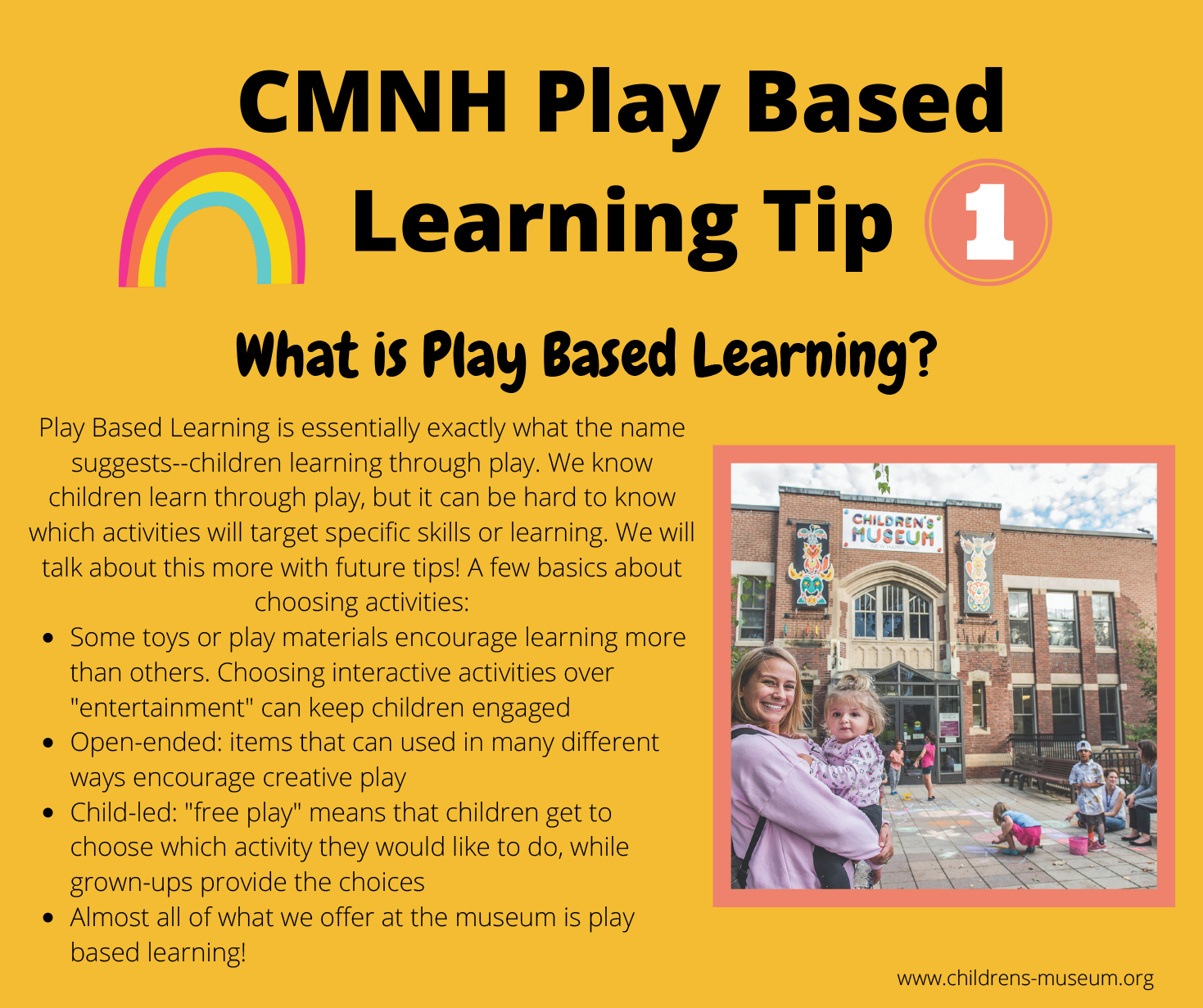
What is Play Based Learning?
Play Based Learning: An Introduction
Play Based Learning (PBL) is exactly what the name suggests - children learning through play. We know children learn through play, but sometimes it's hard to wrap our heads around exactly what they’re learning, how they’re learning, and ways that we can document and confirm that learning is happening through play.
There are a few different types of Play Based Learning that you may hear about and want to try:
- Free Play!
This is PBL in its purest form. It’s how we automatically think of play. Children selecting items or engaging in activities that interest them, by themselves or with their peers, for however long and in whatever way it holds their interest.
Think of children playing with blocks, trains, or exploring a sensory bin.
It’s important to note that grown-ups are not completely disengaged - they are there to supervise and may step in to offer supplies, materials, or suggestions but for true free play, the child needs to choose everything for themselves.
Play in the Children's Museum of New Hampshire exhibits is a perfect example of Free Play! See more about our exhibits here >>
- Guided Play! This type of play has a bit more structure from the adult caregiver. Grown-ups step in to provide ideas and direction for play. This type of PBL has the opportunity to lead to some more specific learning outcomes. It works well if grown-ups observe activities that children like the best and then use those activities to start discussions.
For example, if a child really enjoys playing with cars and ramps - grown-ups could use this play as an opportunity to talk about cause and effect or speed and acceleration.
A visit to the Children's Museum of New Hampshire can always include Guided Play, and we love seeing grown-ups using their visit to the museum to gently guide a child's play to lead to a specific learning experience.
- Grown-up Directed Play: In this version of PBL, the grown-ups take charge. They determine the activity, the lesson, and their expected learning outcomes. The activity should still be play based and hands-on (ex. Not a worksheet), but there is much more direction from the adult caregiver.
The Museum offers a number of fun and educator-led videos over on our YouTube channel and those are wonderful opportunities for Grown-up Directed Play at home.
How to Use Play Based Learning Tips from CMNH
We invite teachers, caregivers and childcare professionals to share these tips! With that goal in mind, some of the tips include activity ideas that can be used in the classroom or at home. When the museum has surveyed caregivers and educators about what resources would be most helpful, the feedback has consistently included hands-on activity ideas or lesson plans. We have used this feedback to guide us in providing play based activity ideas along with the tips. This may be helpful in providing some concrete ideas for implementing a play based activity. At the same time, the tips include open-ended activity ideas and practices that still encourage a balance of structured and unstructured play. We welcome feedback and ideas from educators and caregivers as well as questions. The goal of sharing these resources is to make play based learning more accessible for children and grown-ups in New Hampshire and beyond!
Downloads
Play-Based Learning for TEACHERS & ADMINISTRATORS >>
Questions?
You can connect with the CMNH Education Team by email with questions or feedback:
Xanthi Gray, CMNH Education Director: xanthi@childrens-museum.org
Meredith Brustlin, Early Childhood, Literacy, and Humanities Coordinator meredith@childrens-museum.org
Colie McClain, STEAM & School-Aged Programs Coordinator nicole@childrens-museum.org
Creating a Play Space and Fine Motor Skills
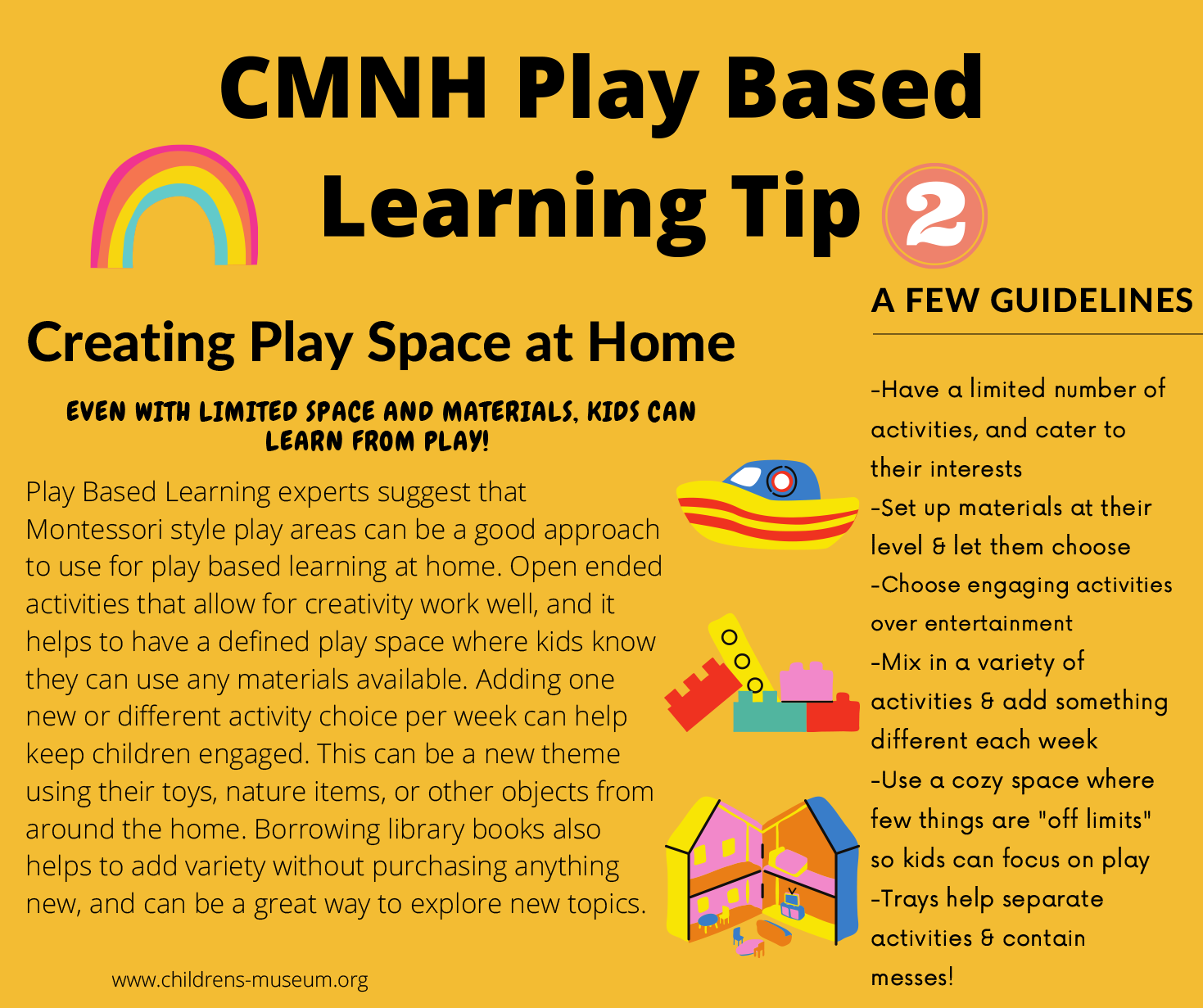
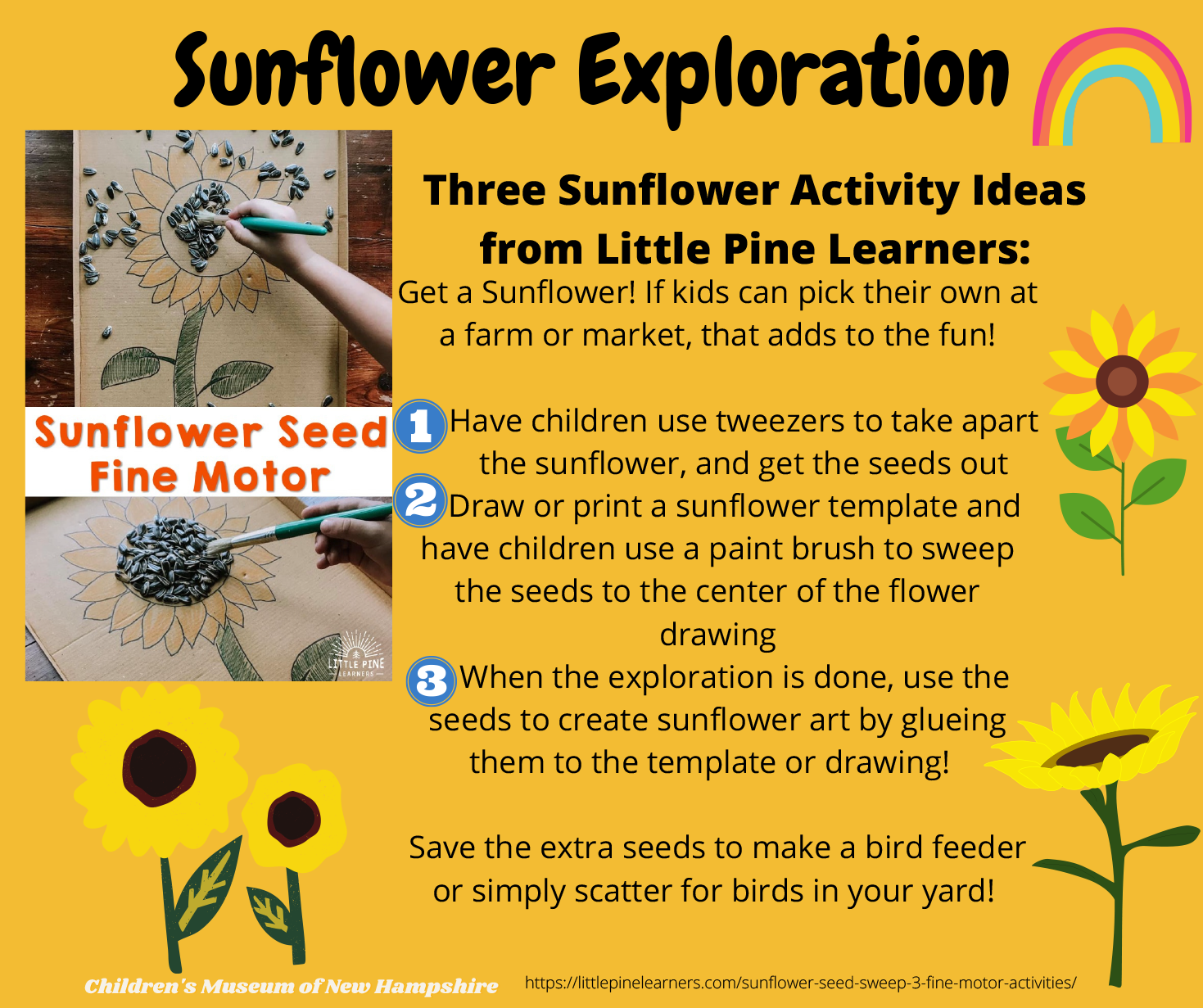
Sorting: Fall Leaf Fun
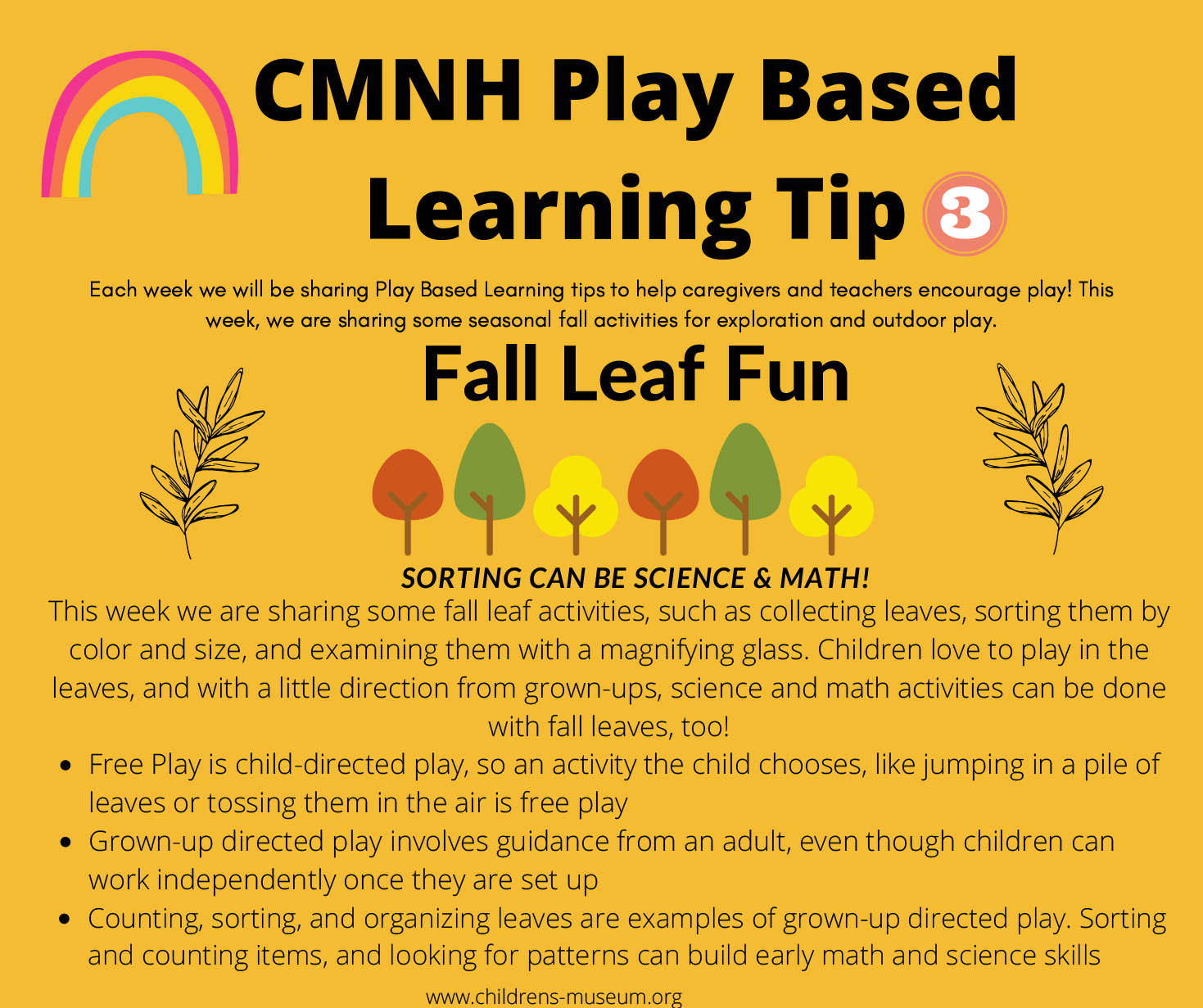
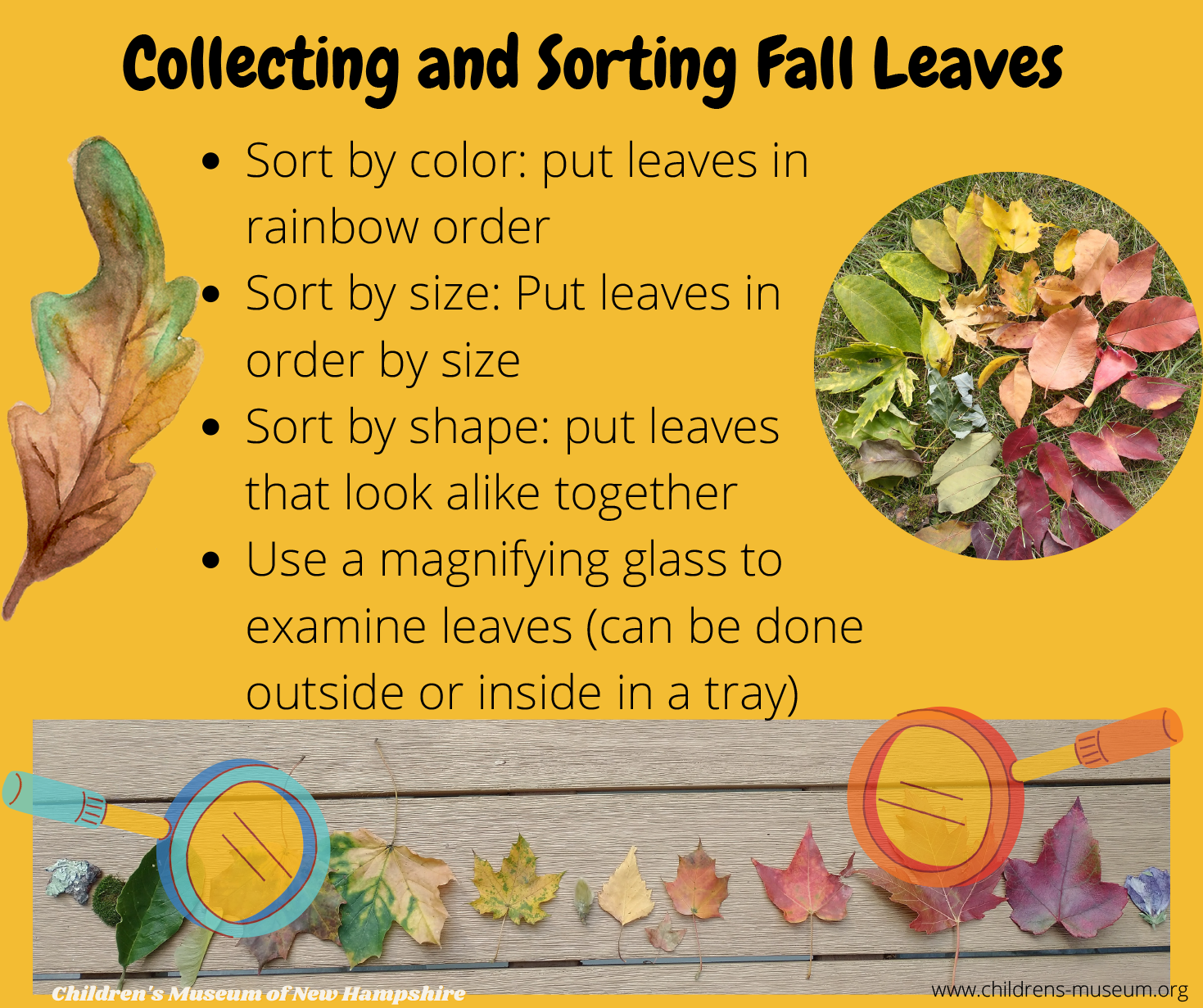
Asking Questions and Making Observations
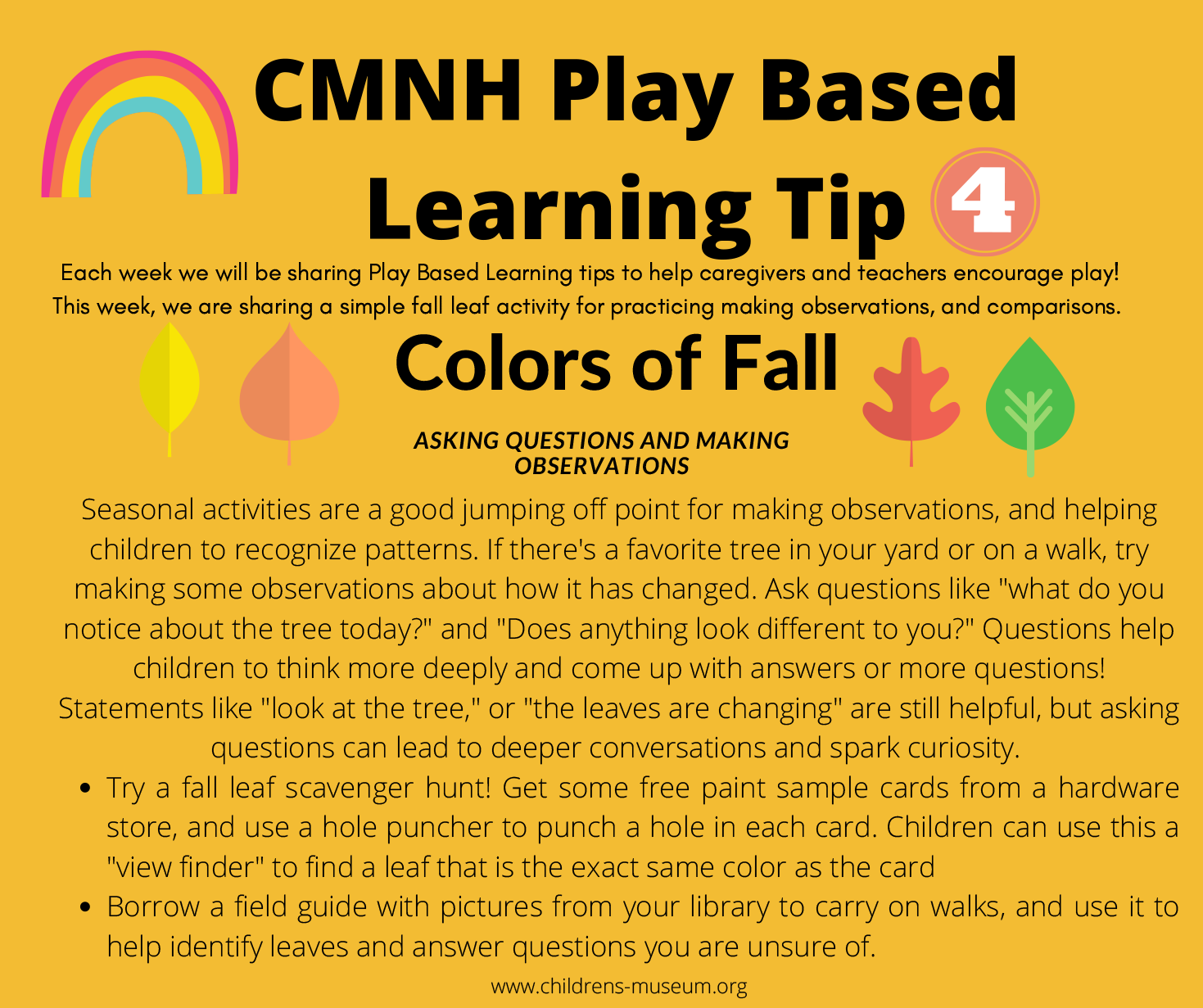
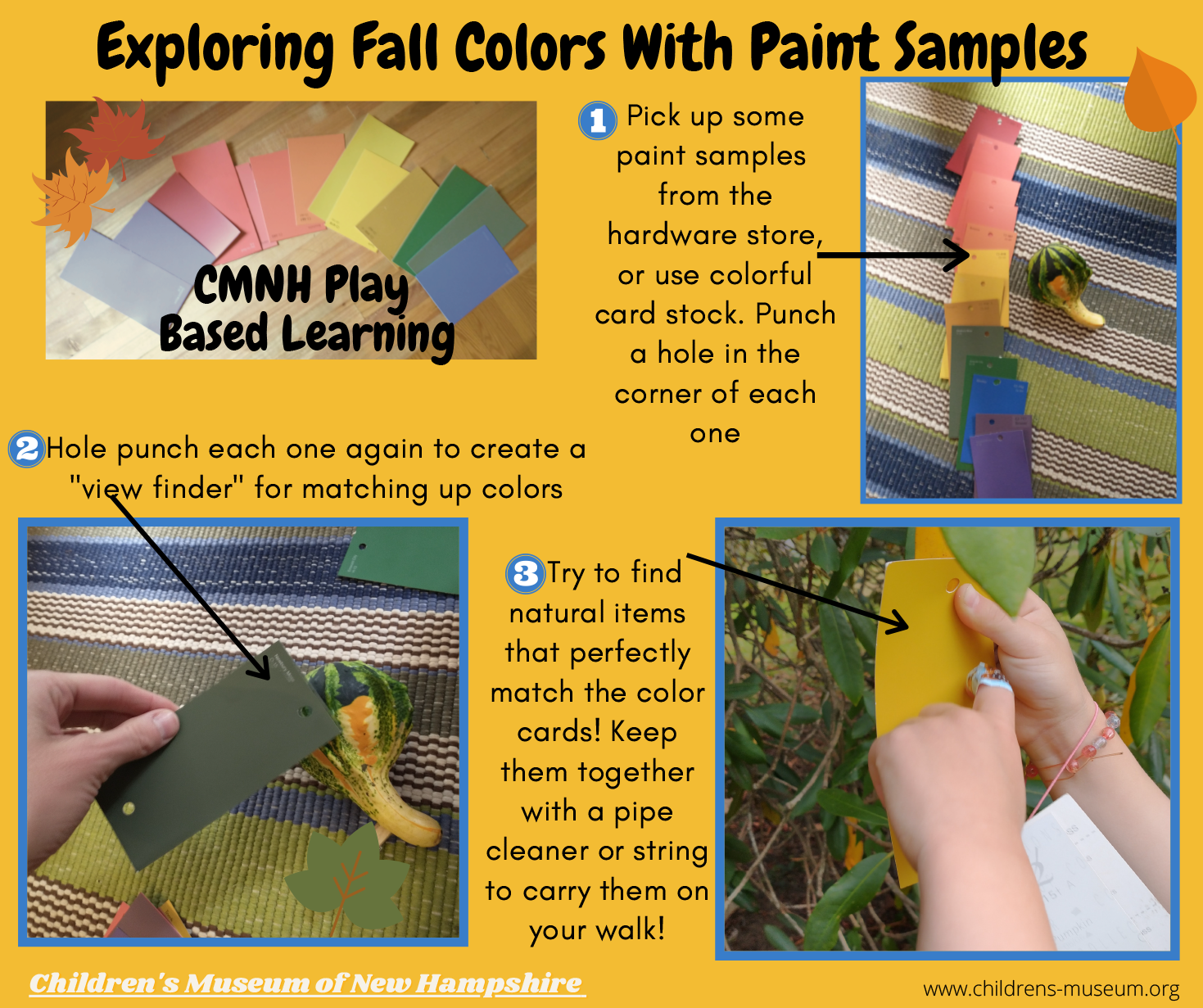
Why Is Play Based Learning So Important?
Dress Up and Dramatic Play
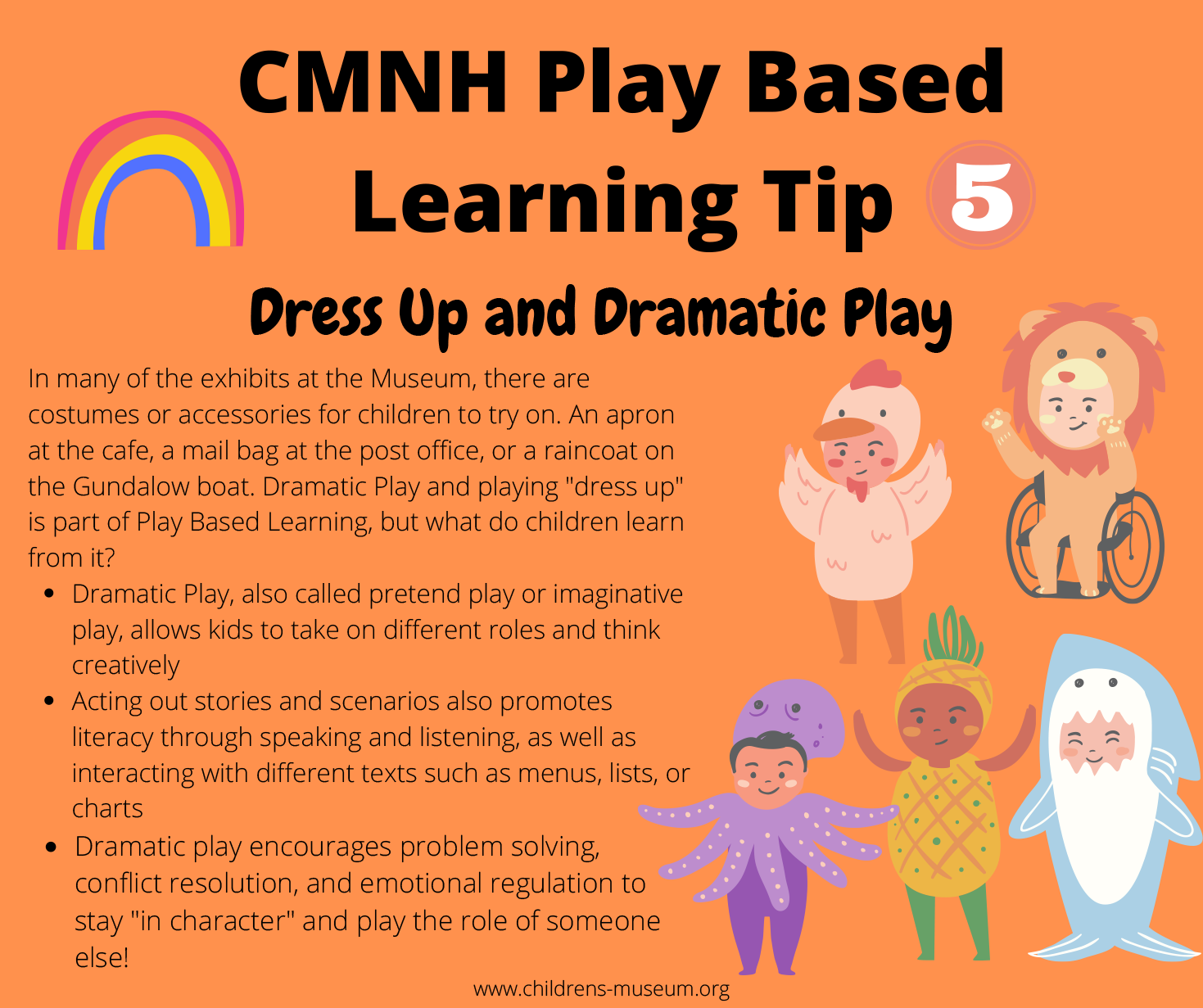
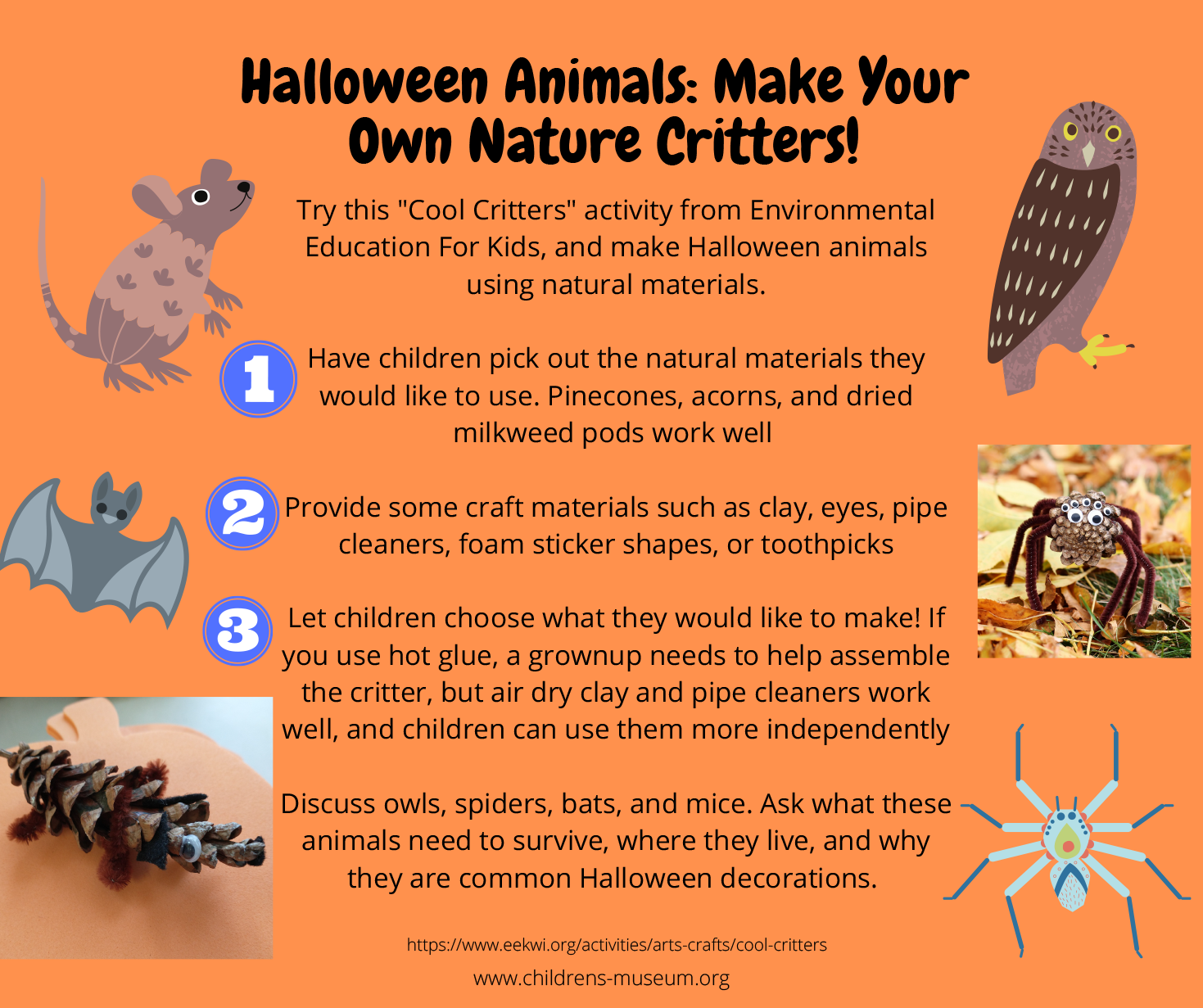
Questions to Ask to Encourage Learning
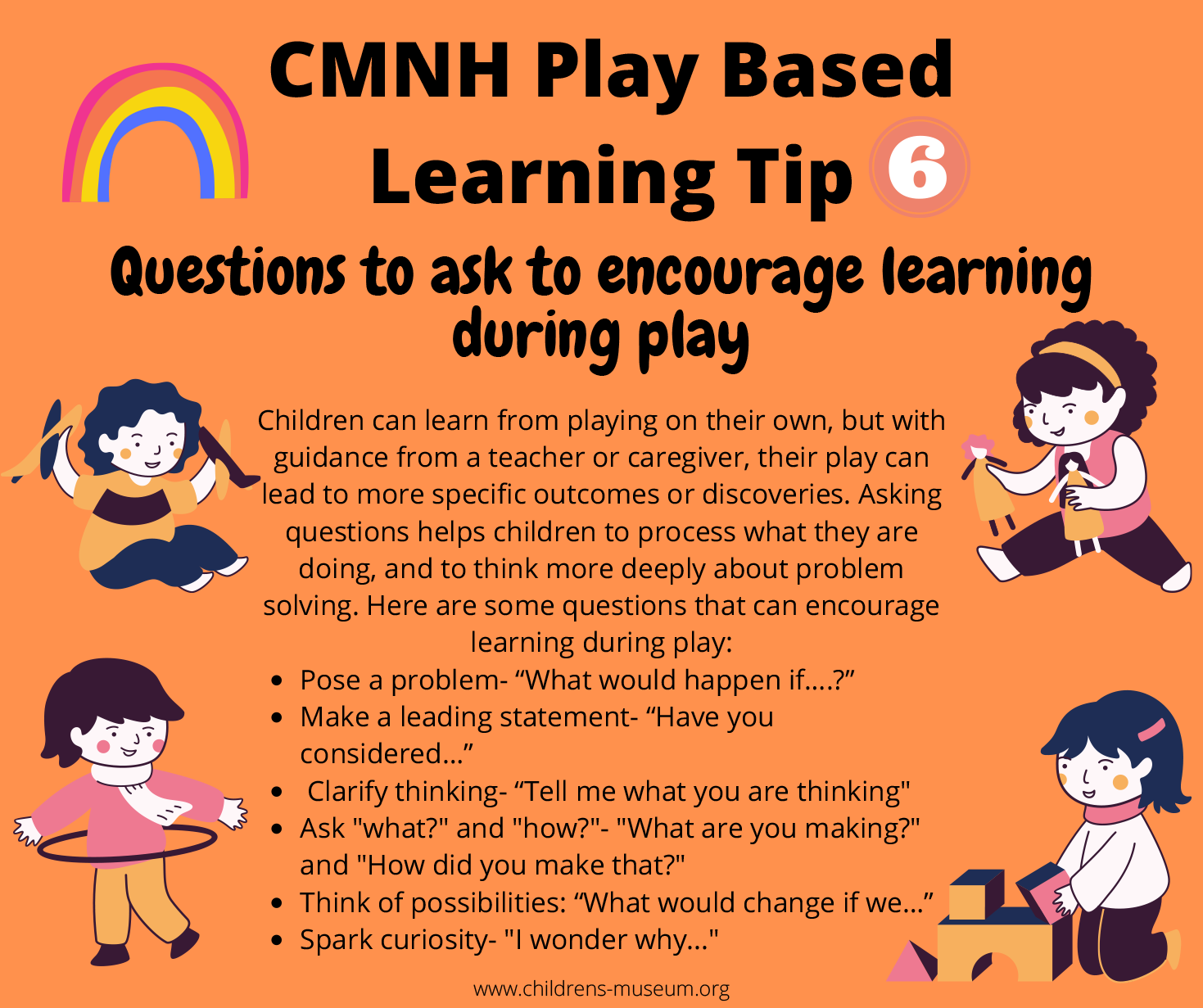
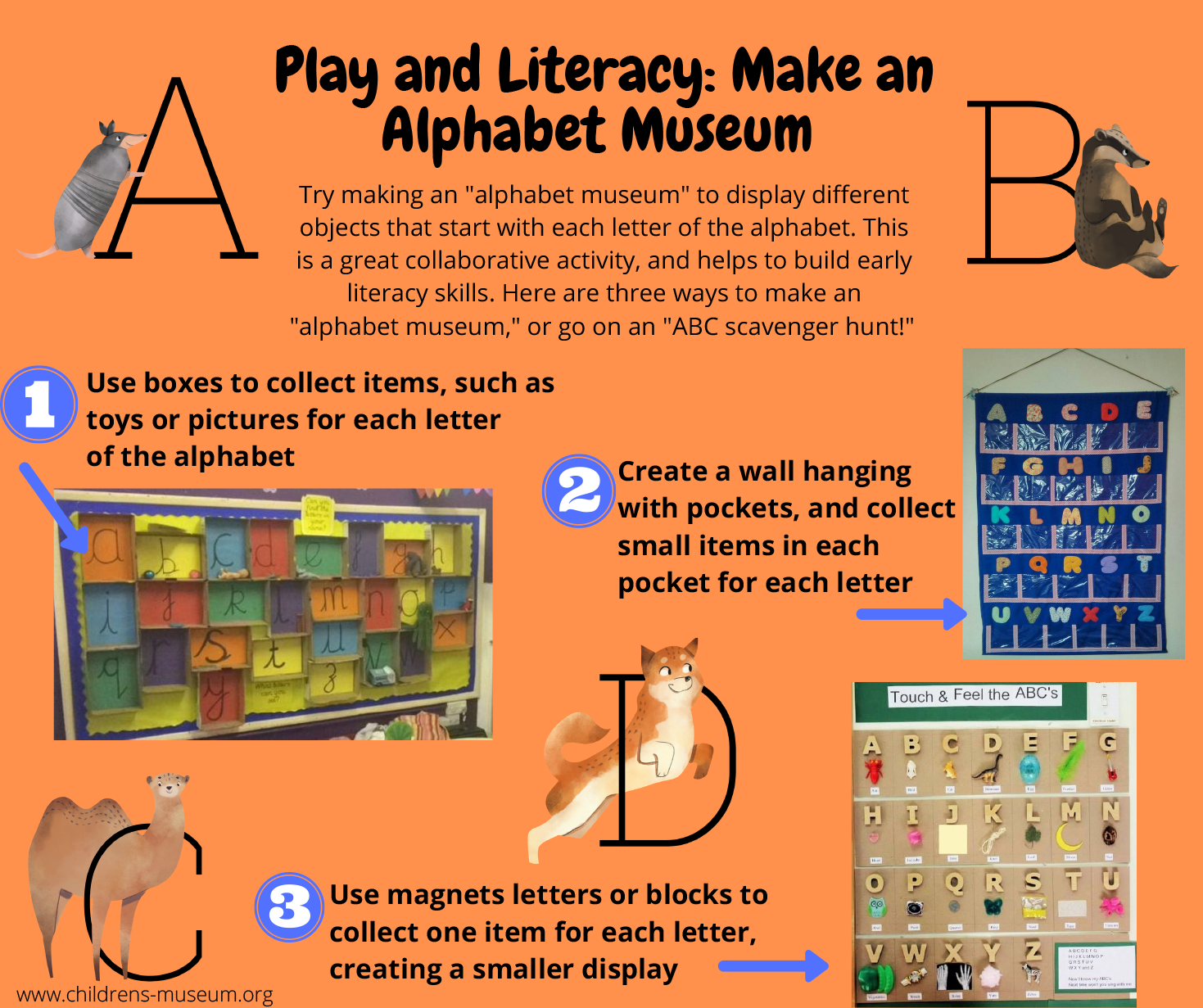
Play Encourages Language Skills
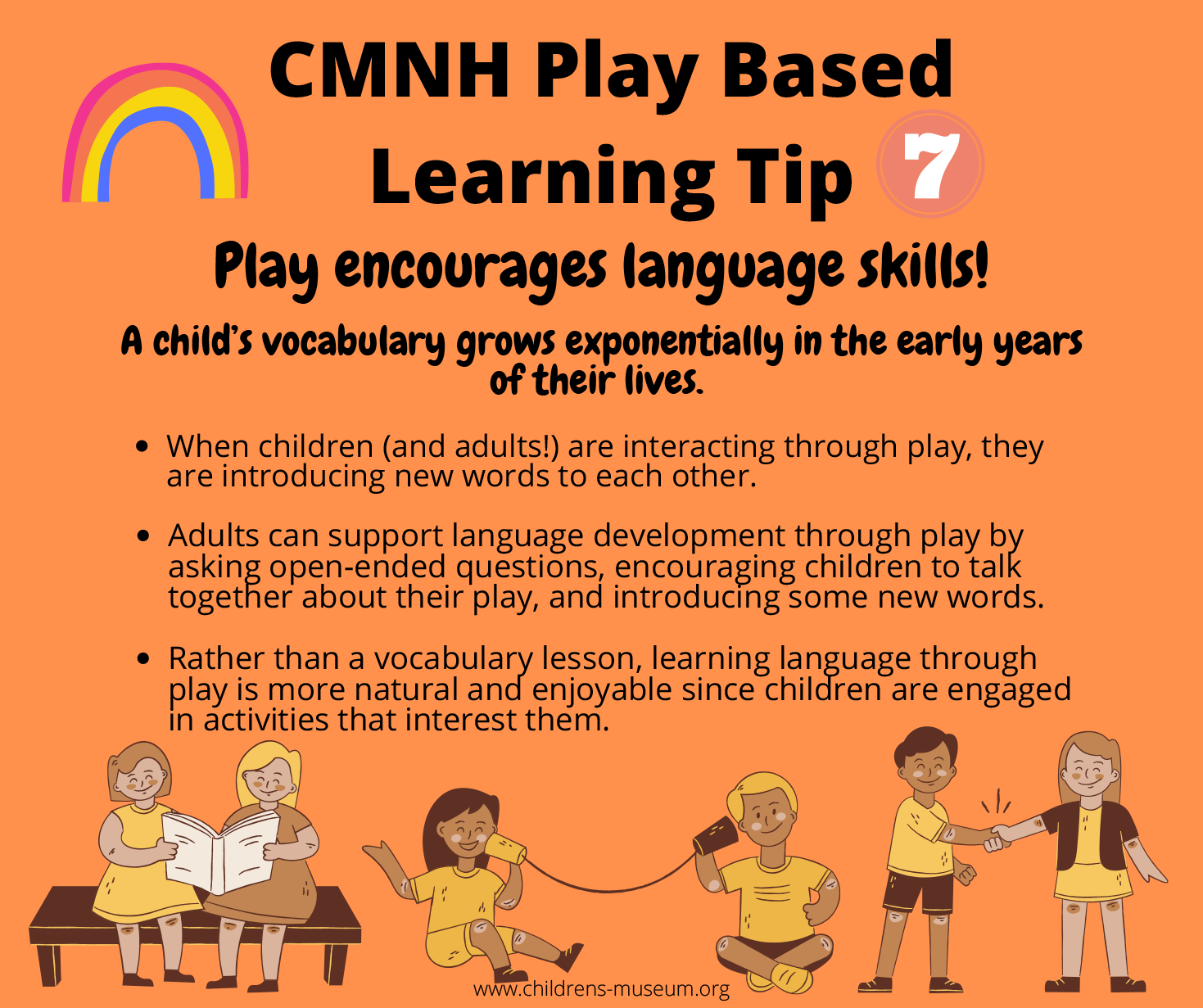
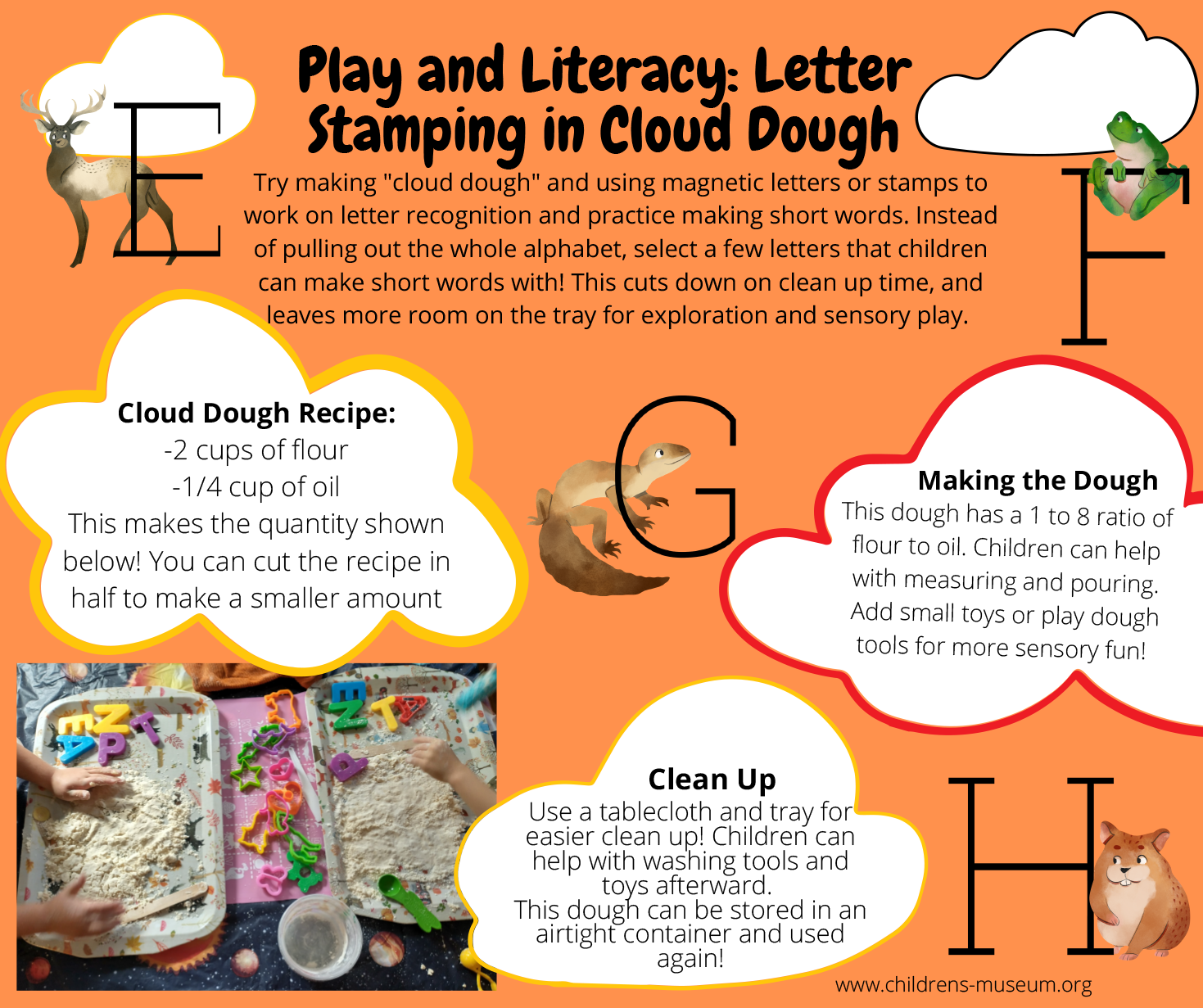
Play Supports Pre-Literacy
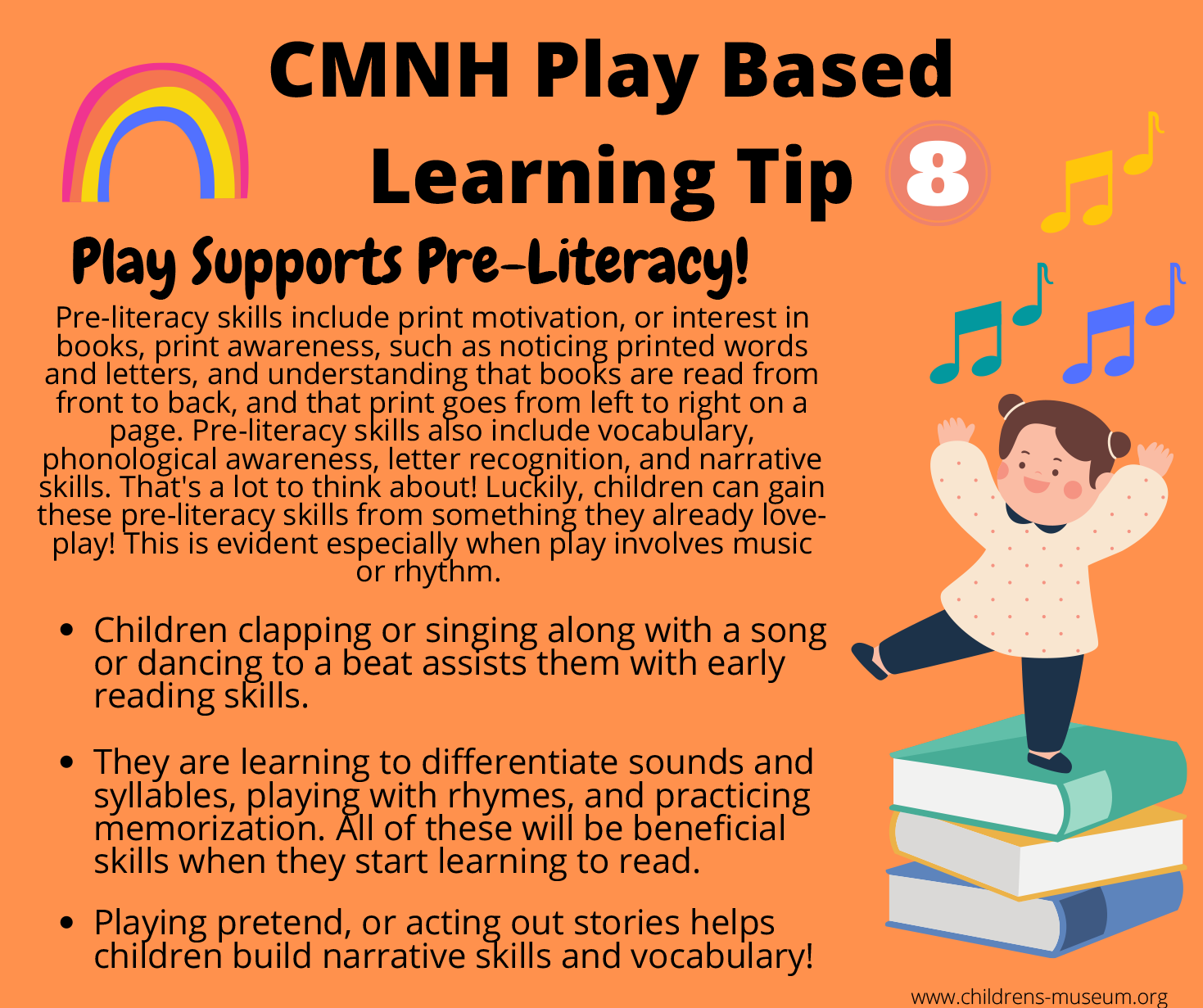
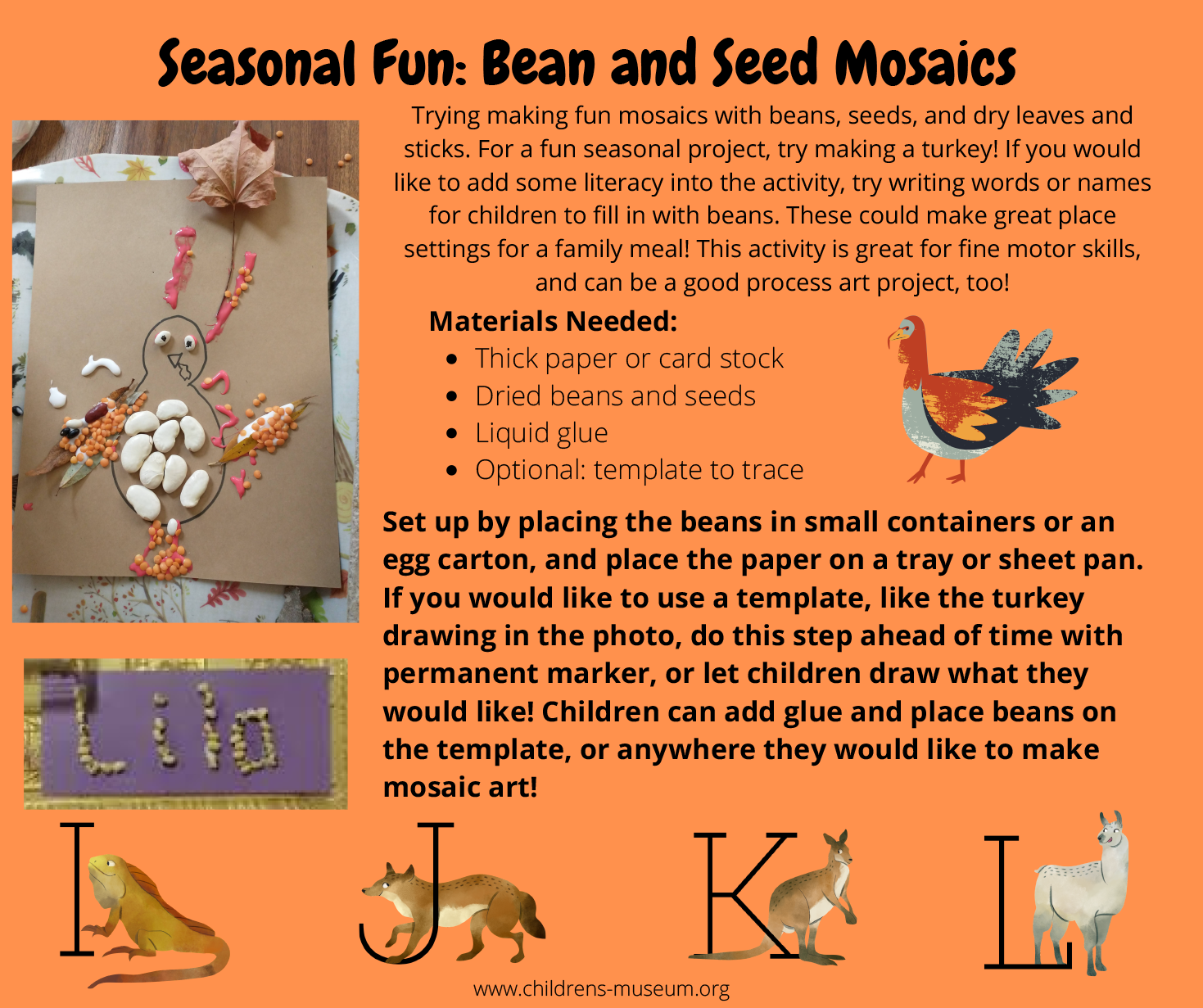
Play Develops Social and Emotional Skills
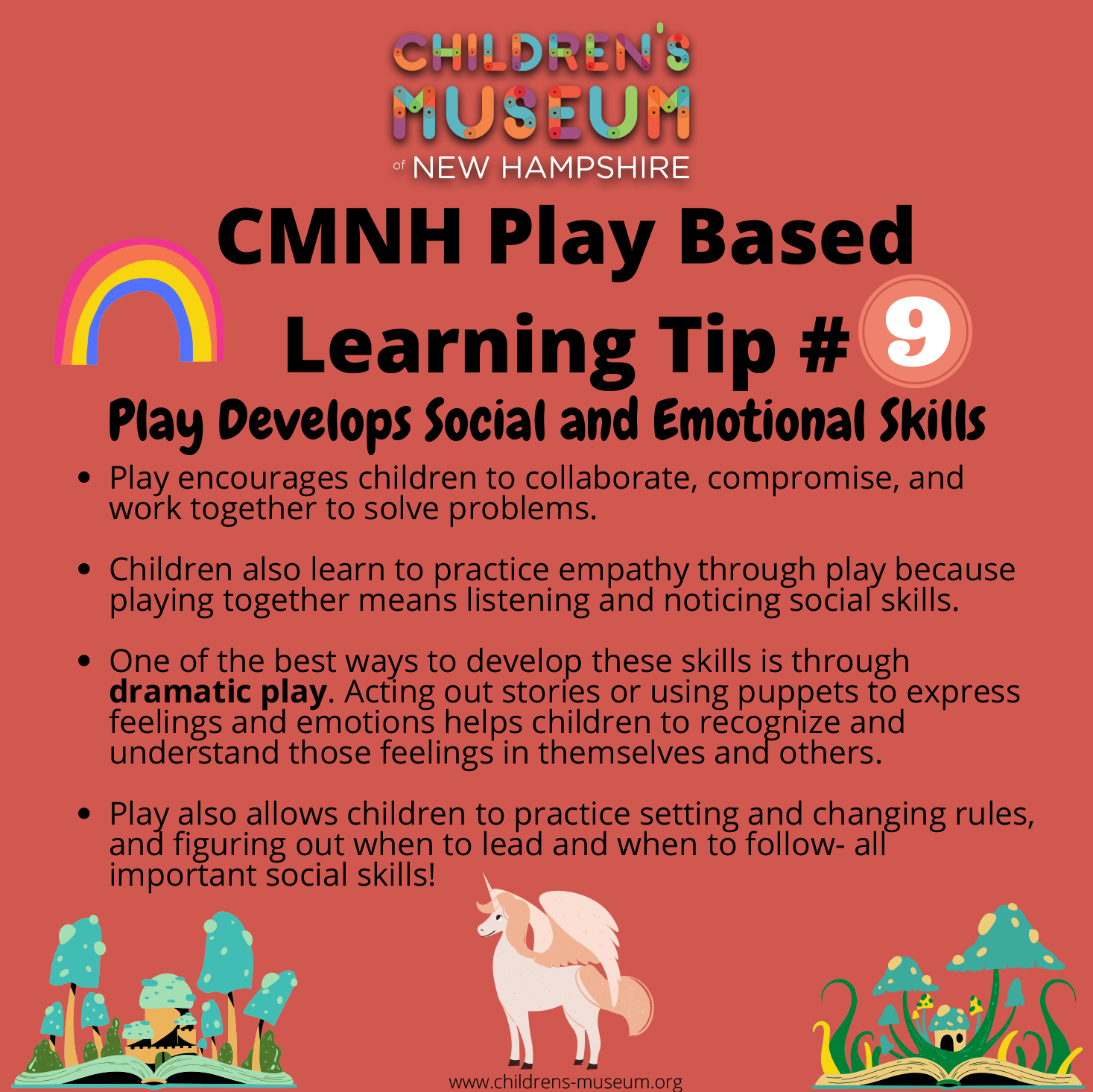
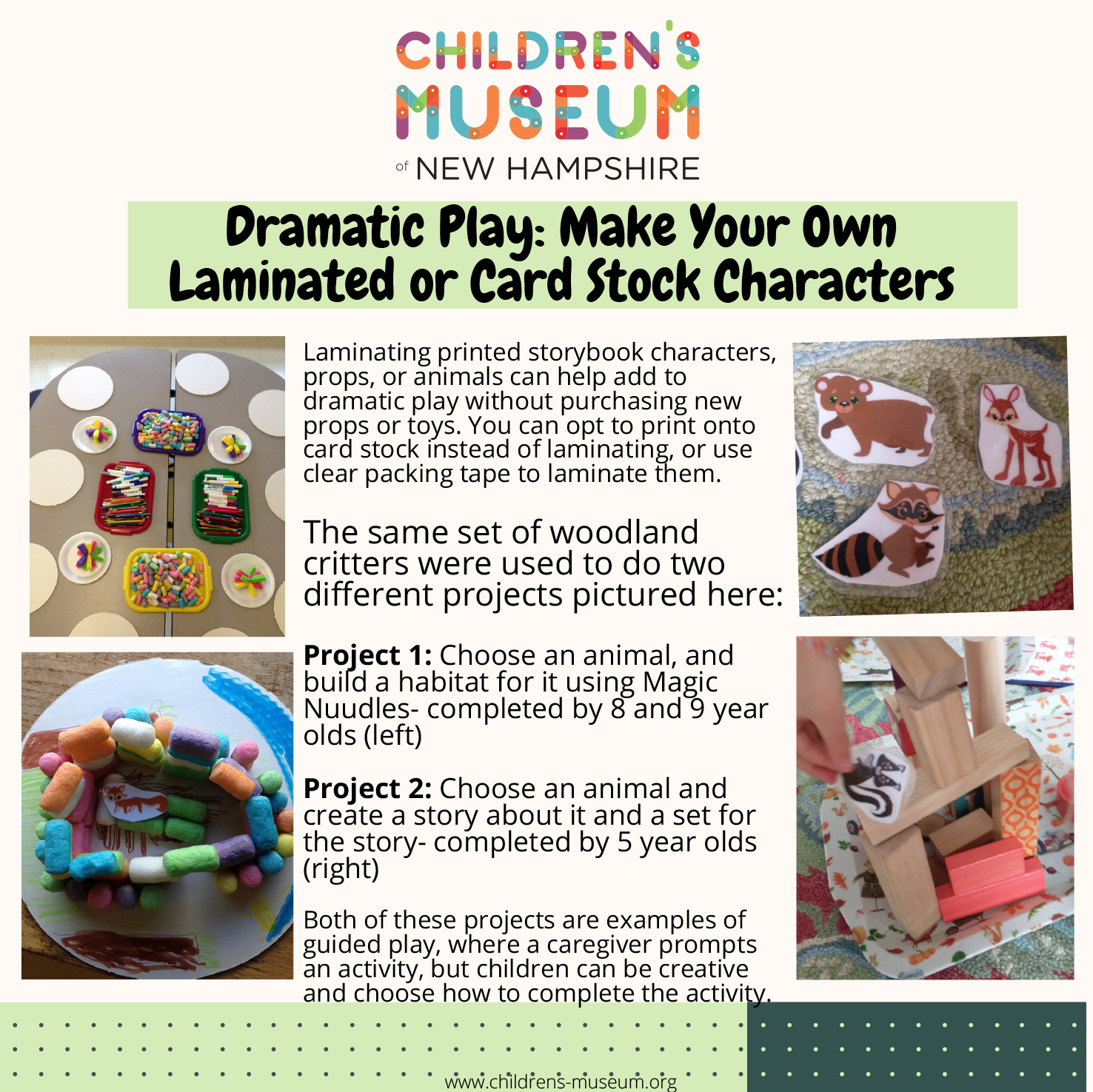
Encouraging and Understanding Process Art
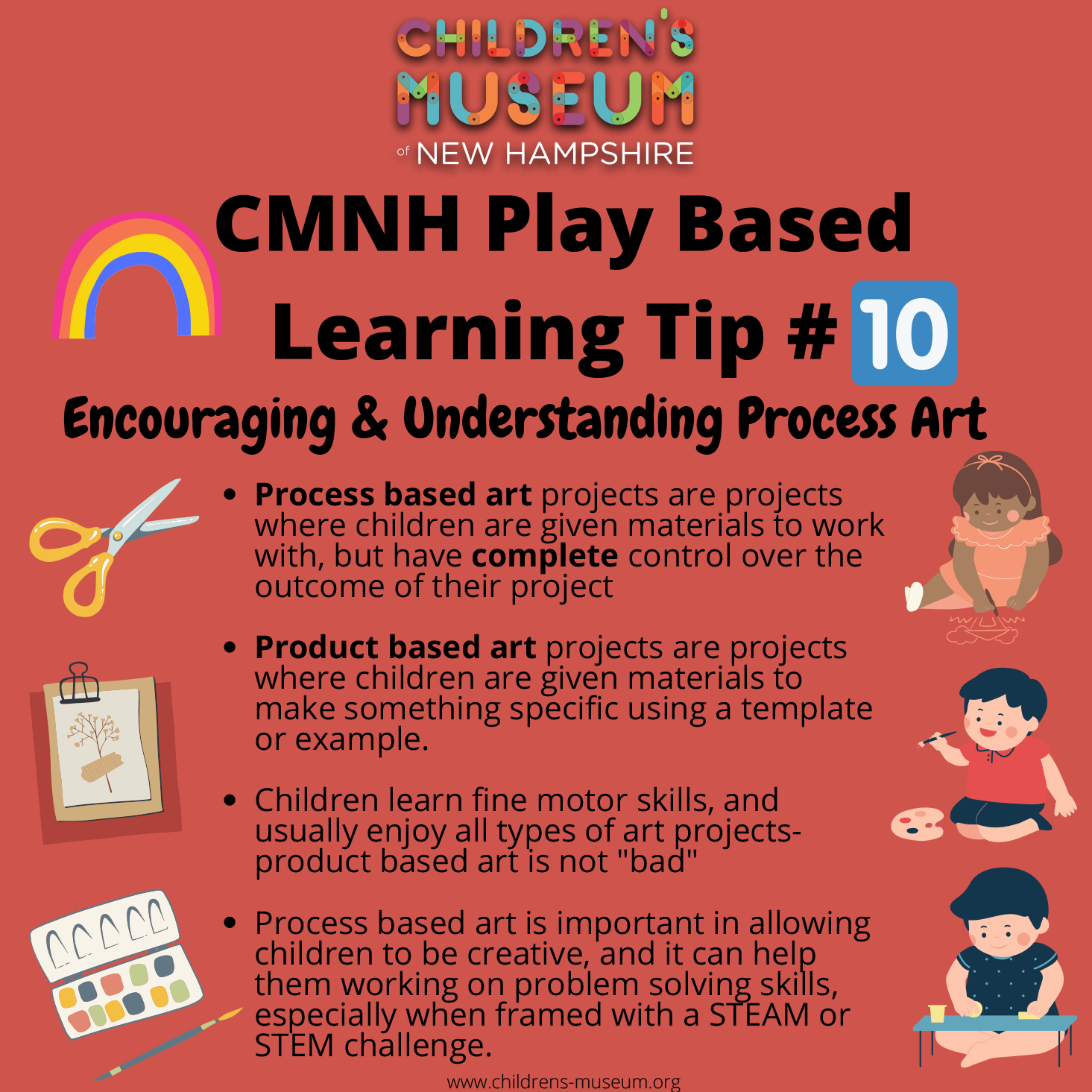
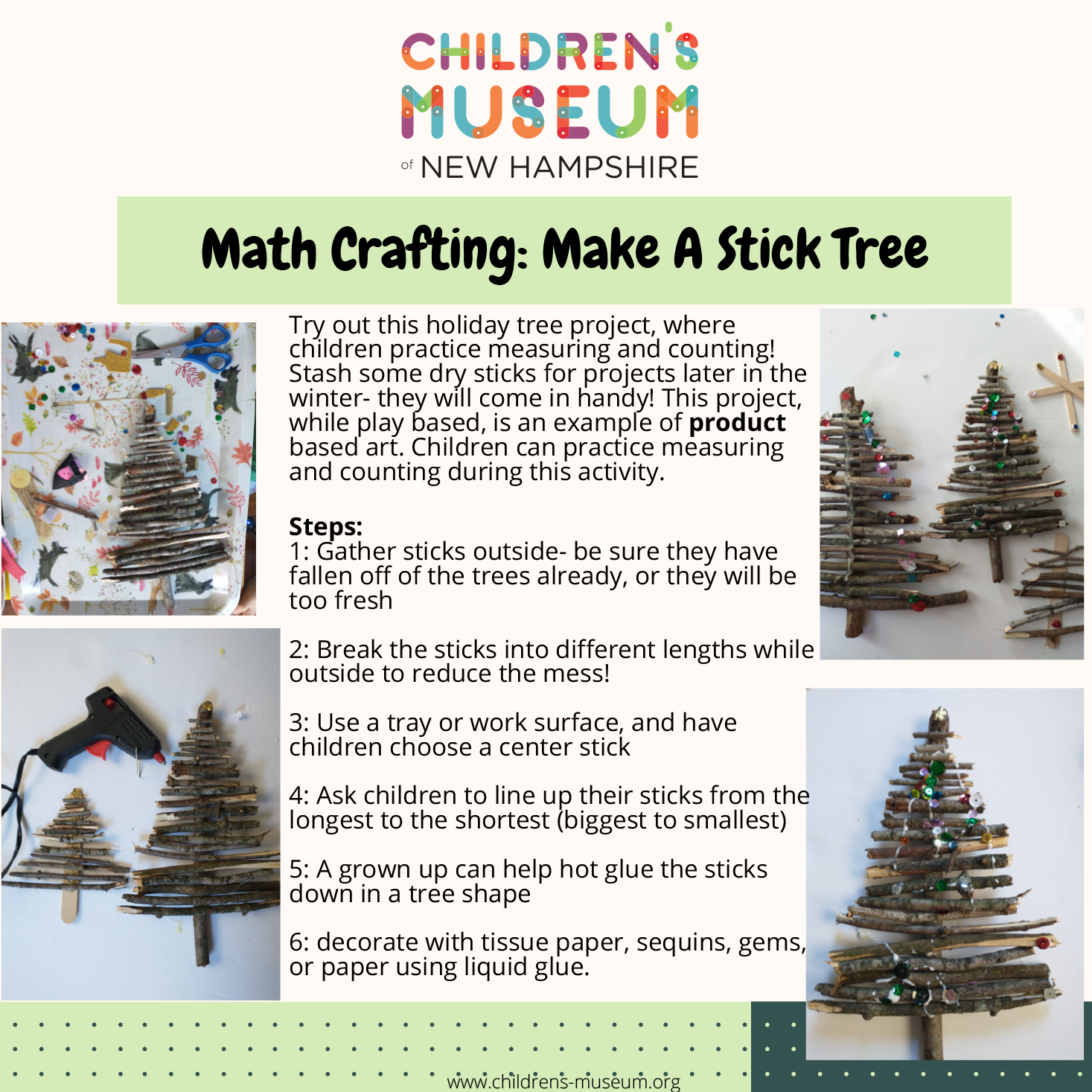
Play Fosters Creativity and Imagination
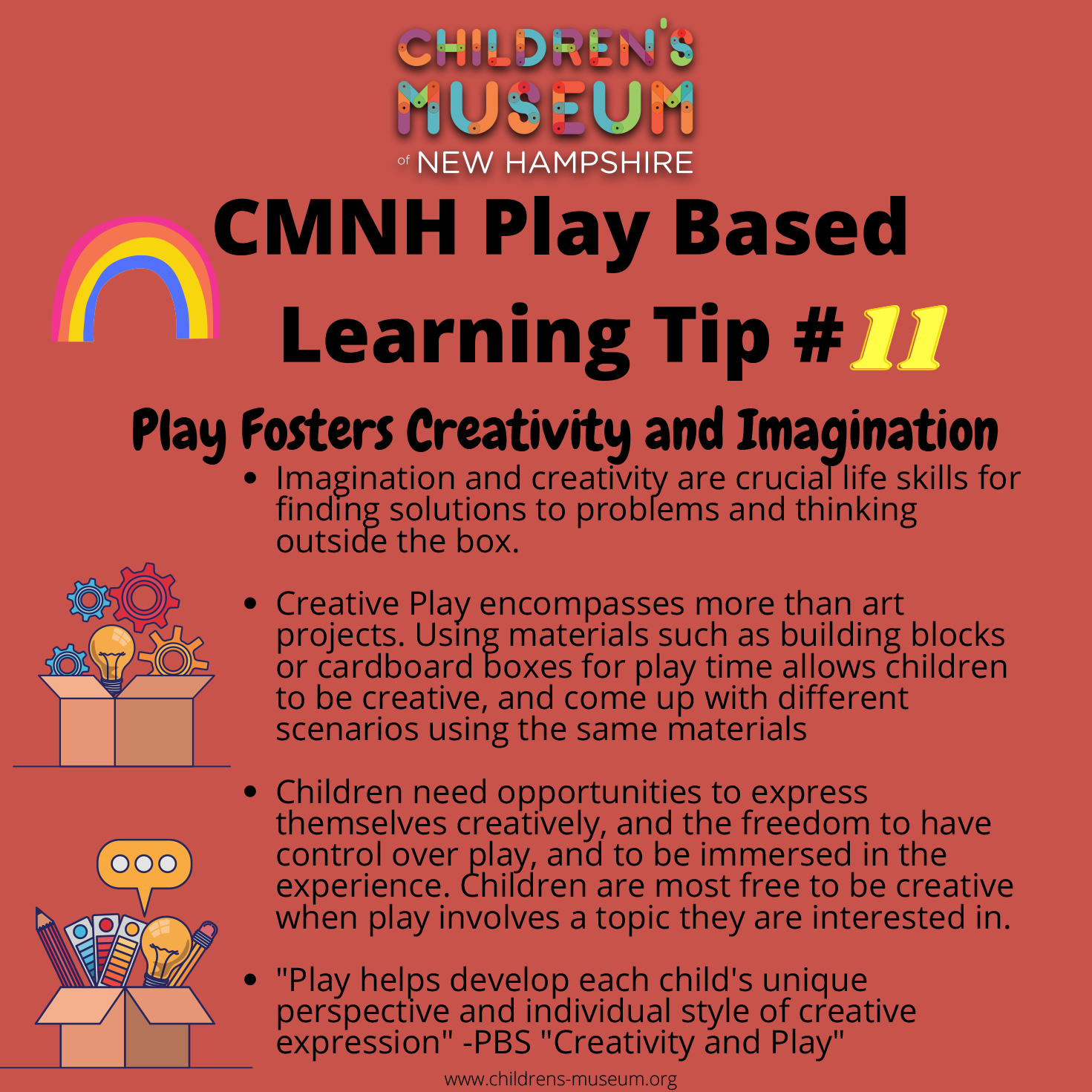
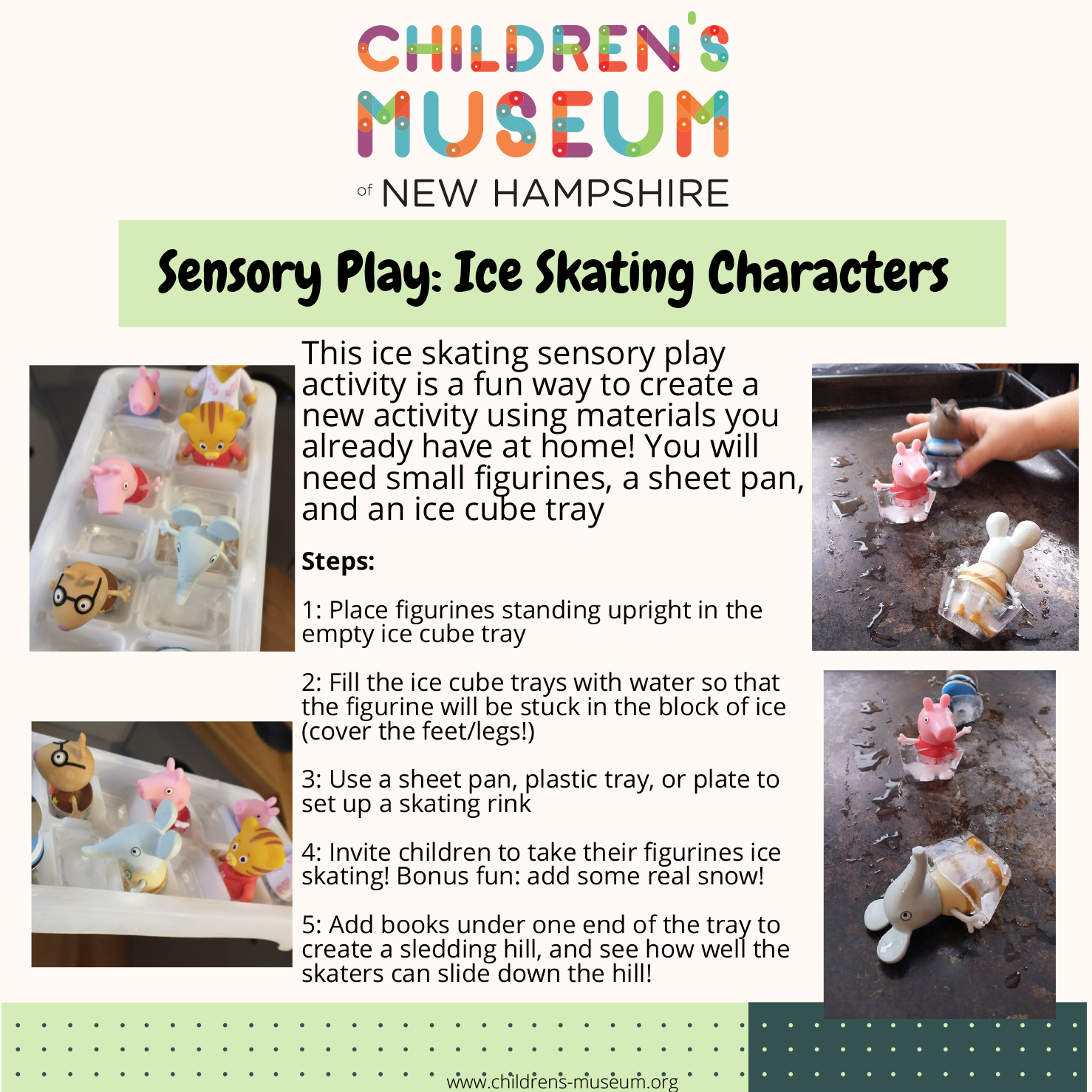
An Introduction to "Loose Parts"
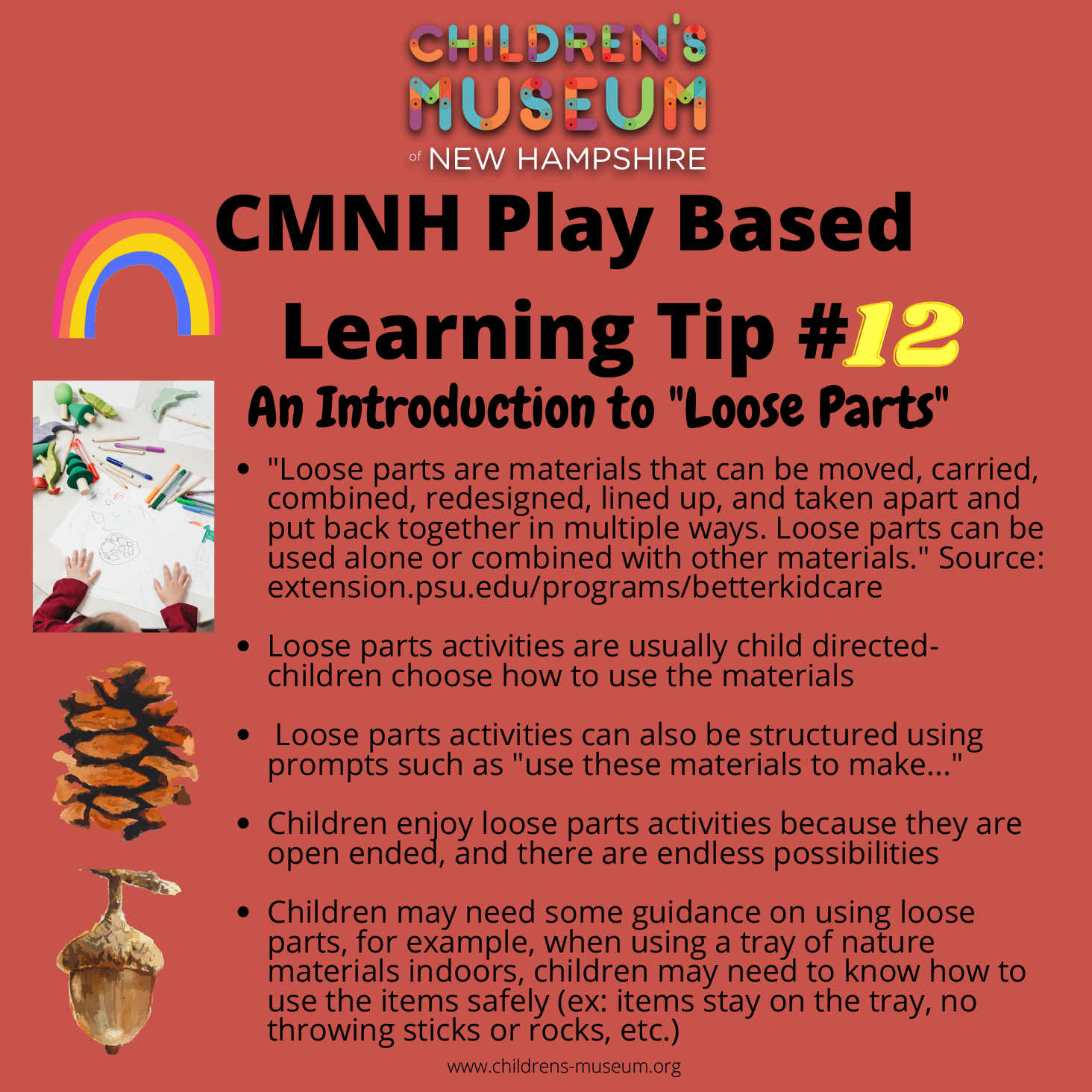
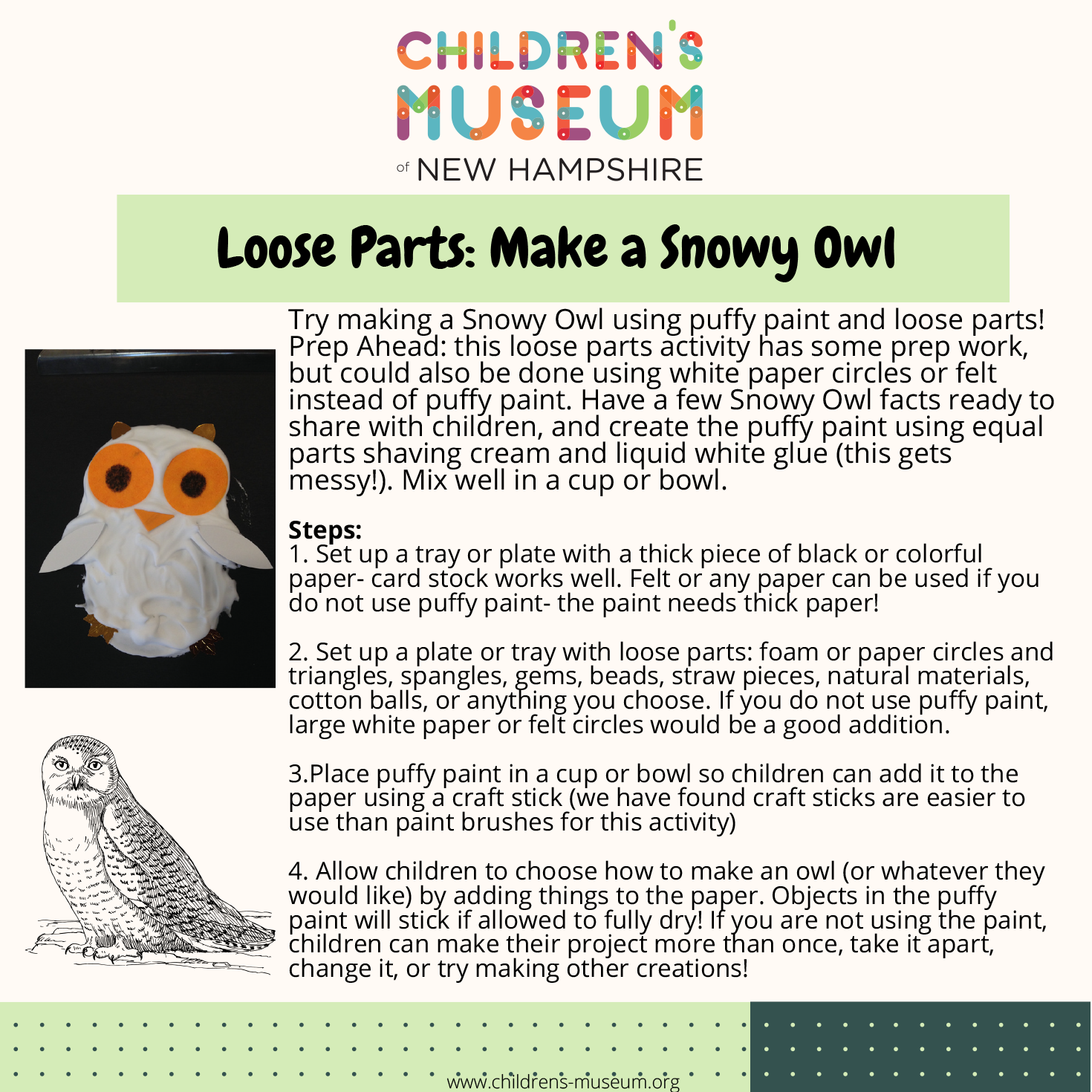
Work vs. Play
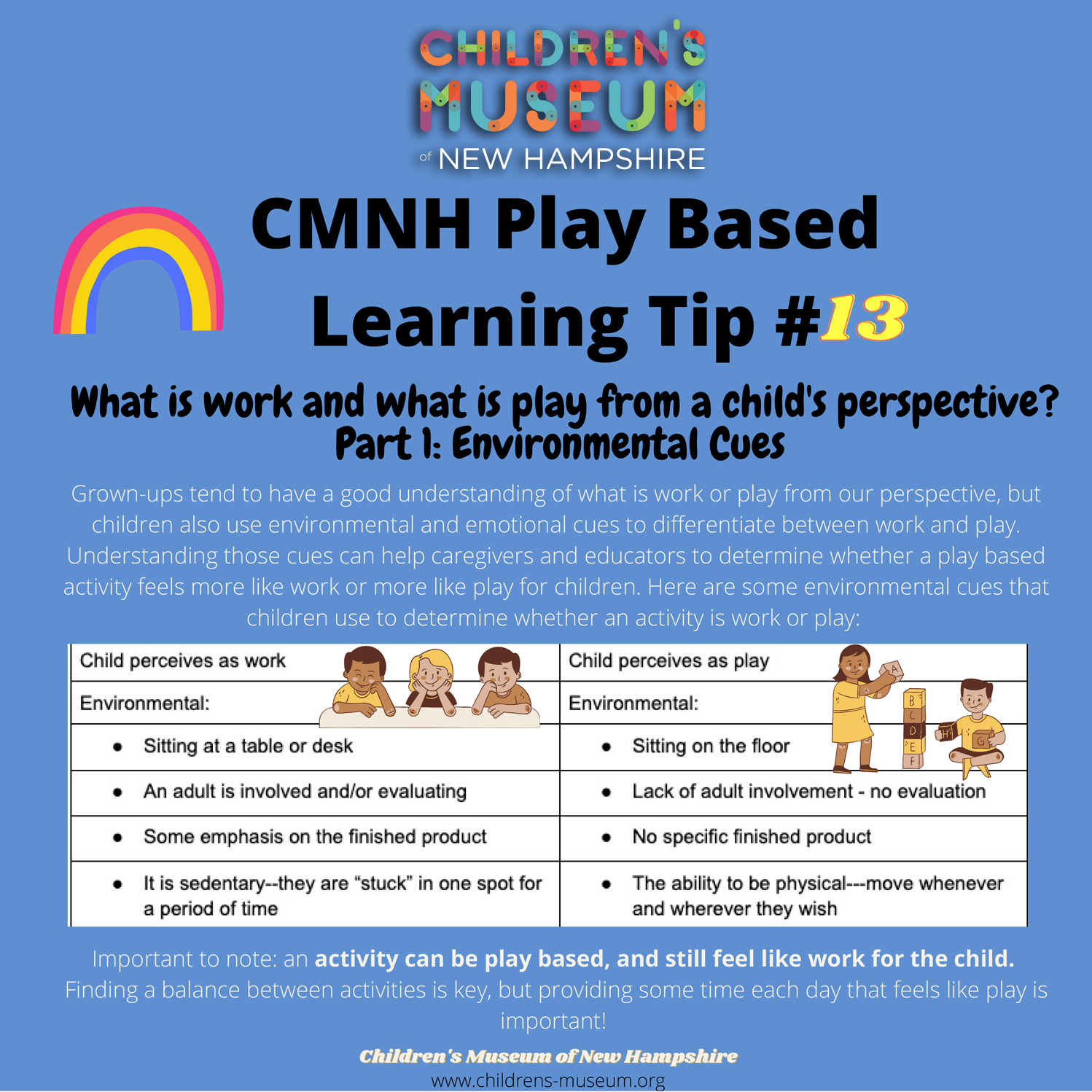
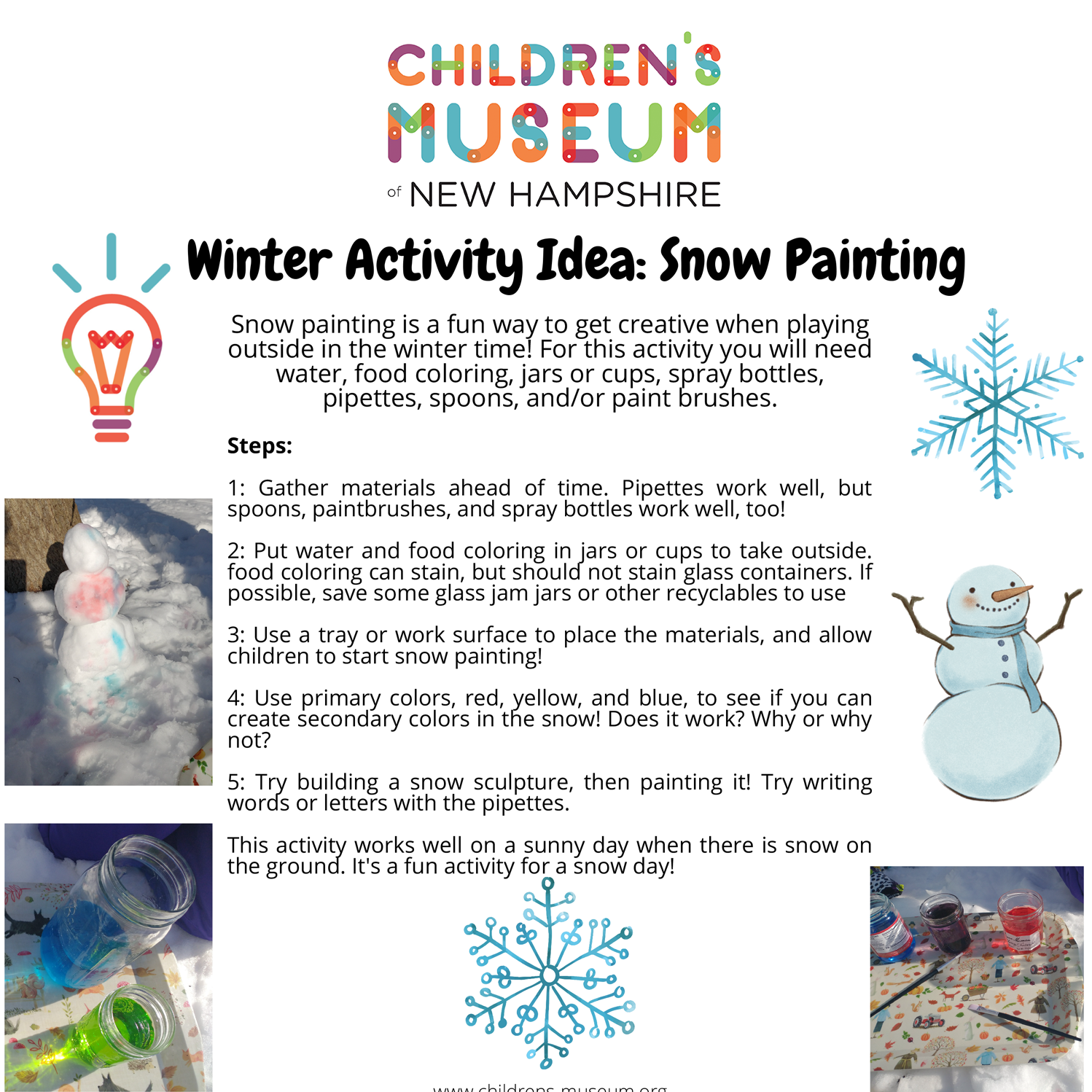
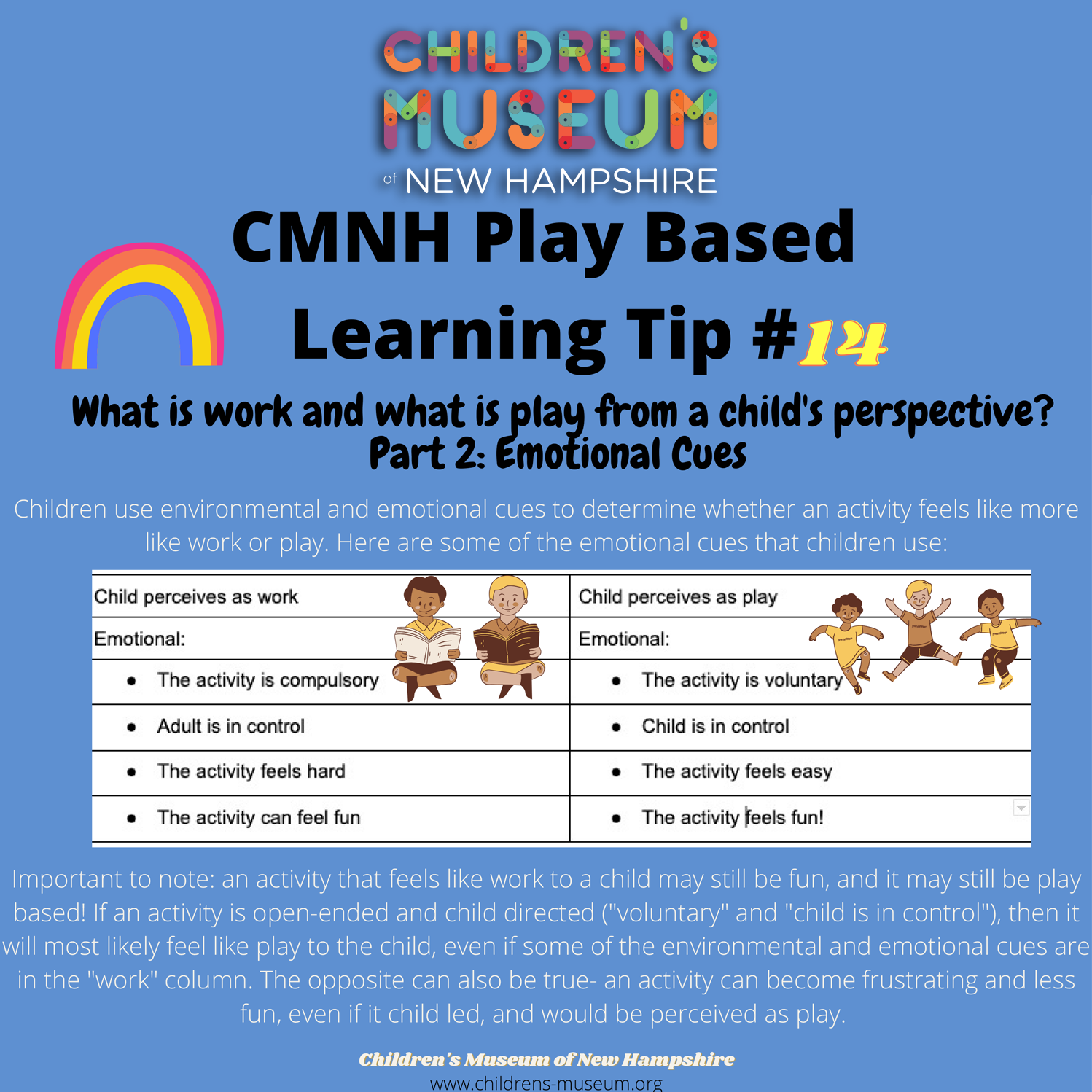
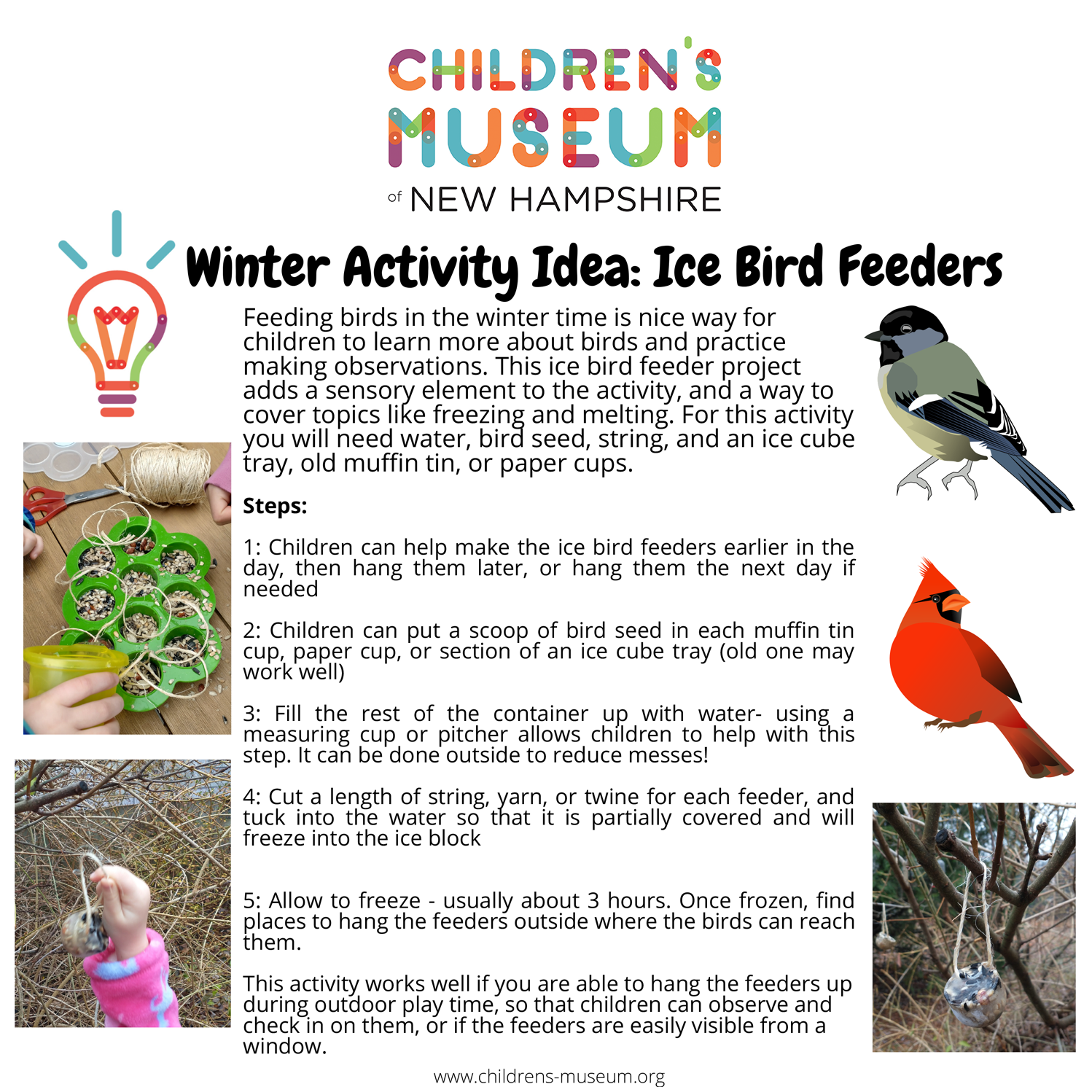
Outdoor Play & Learning
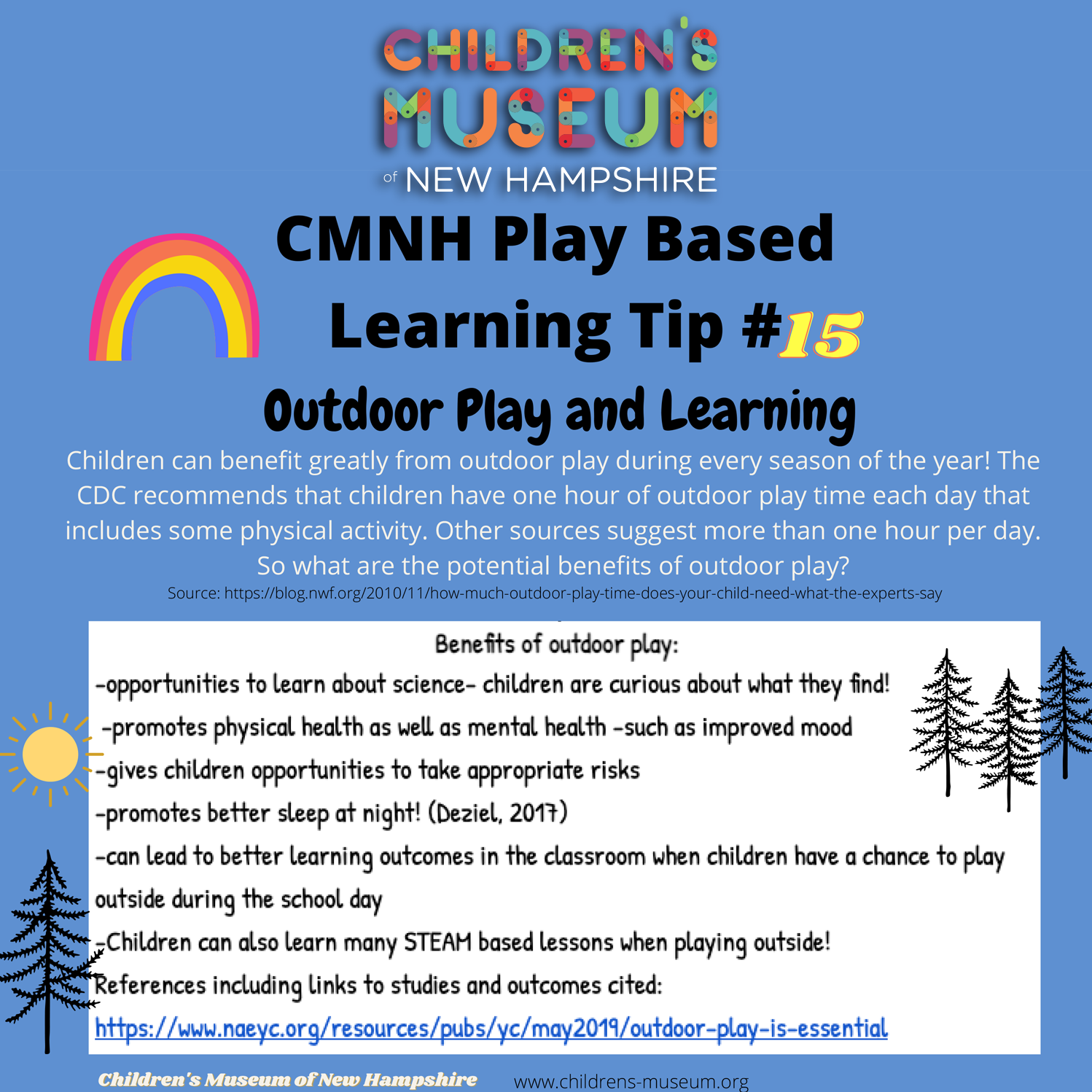
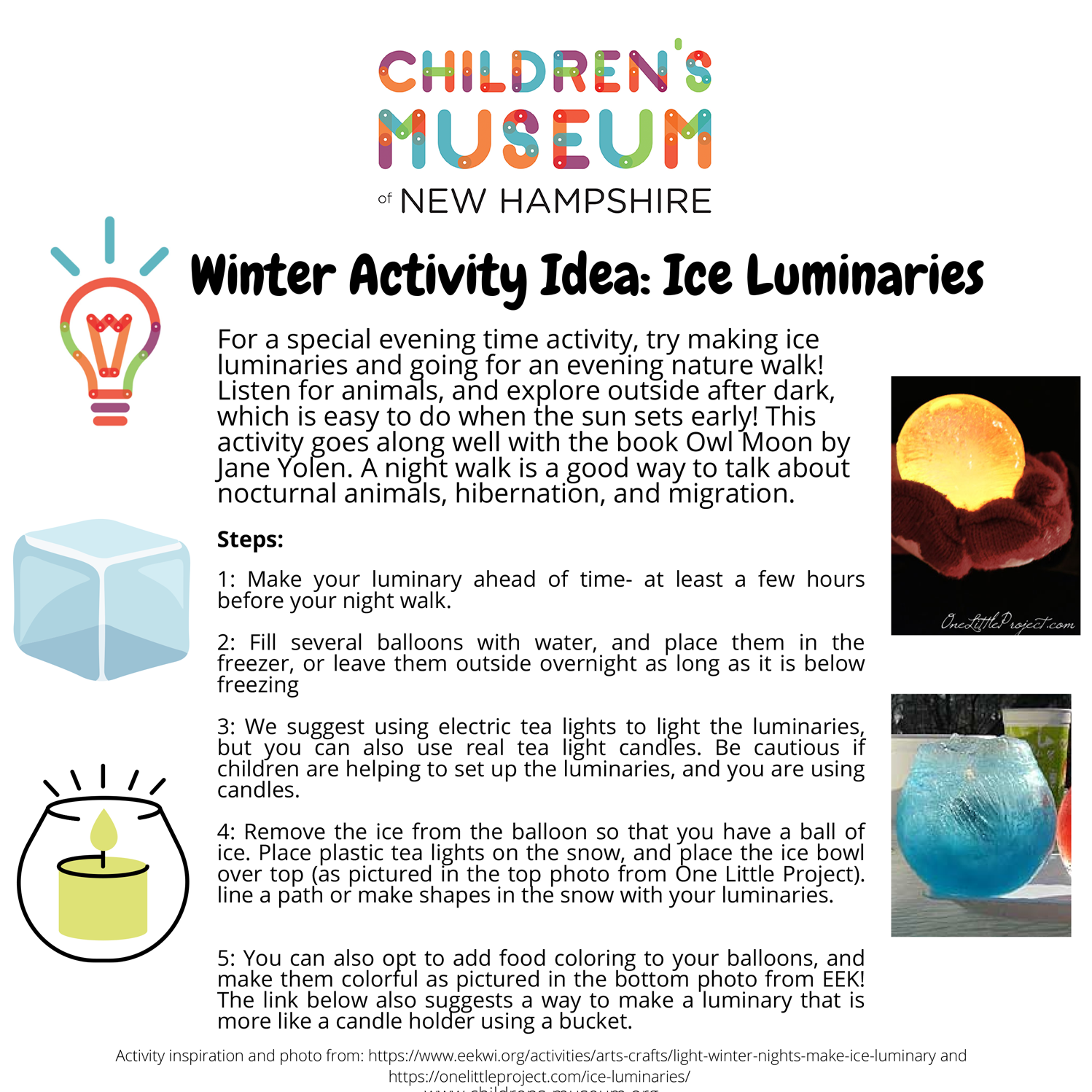
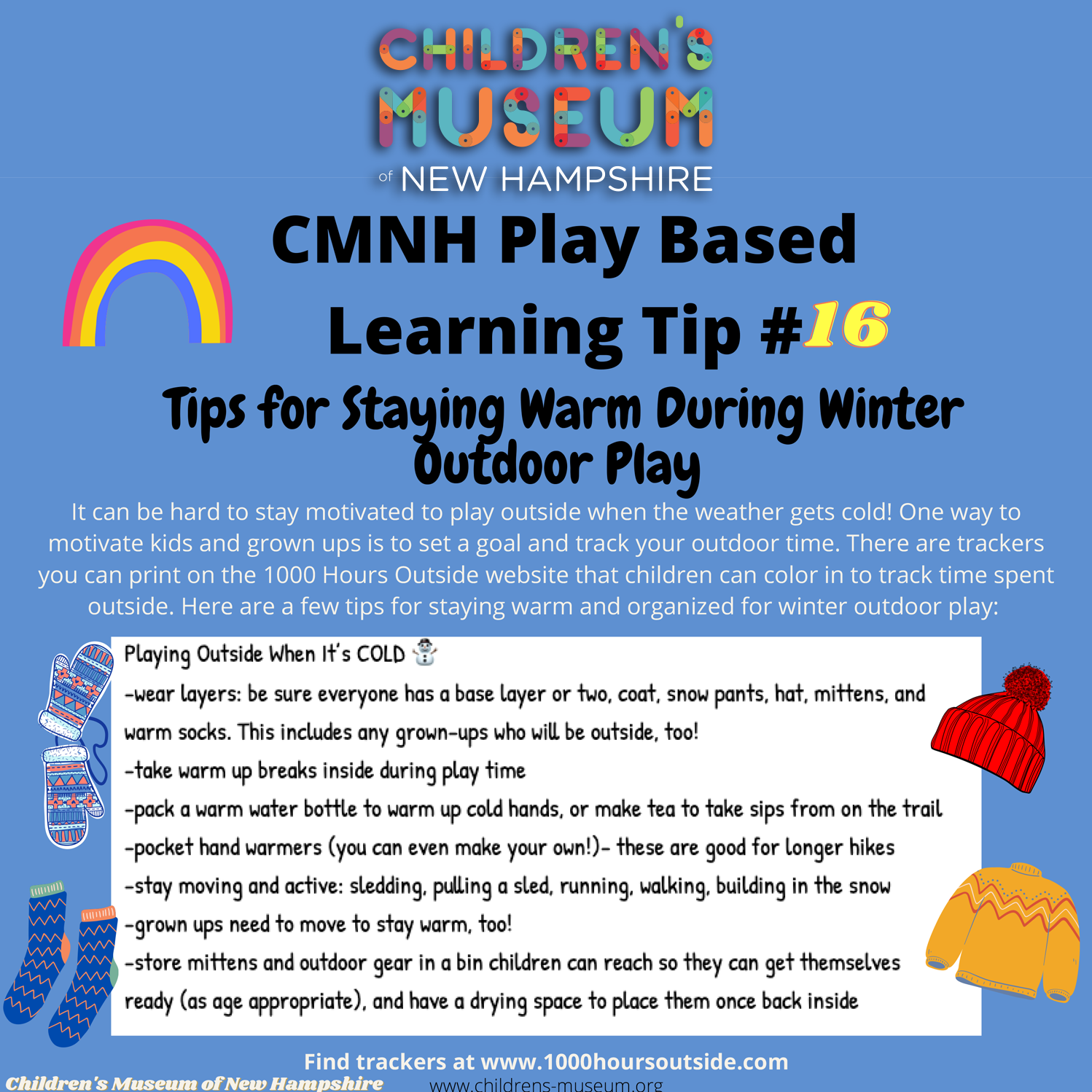
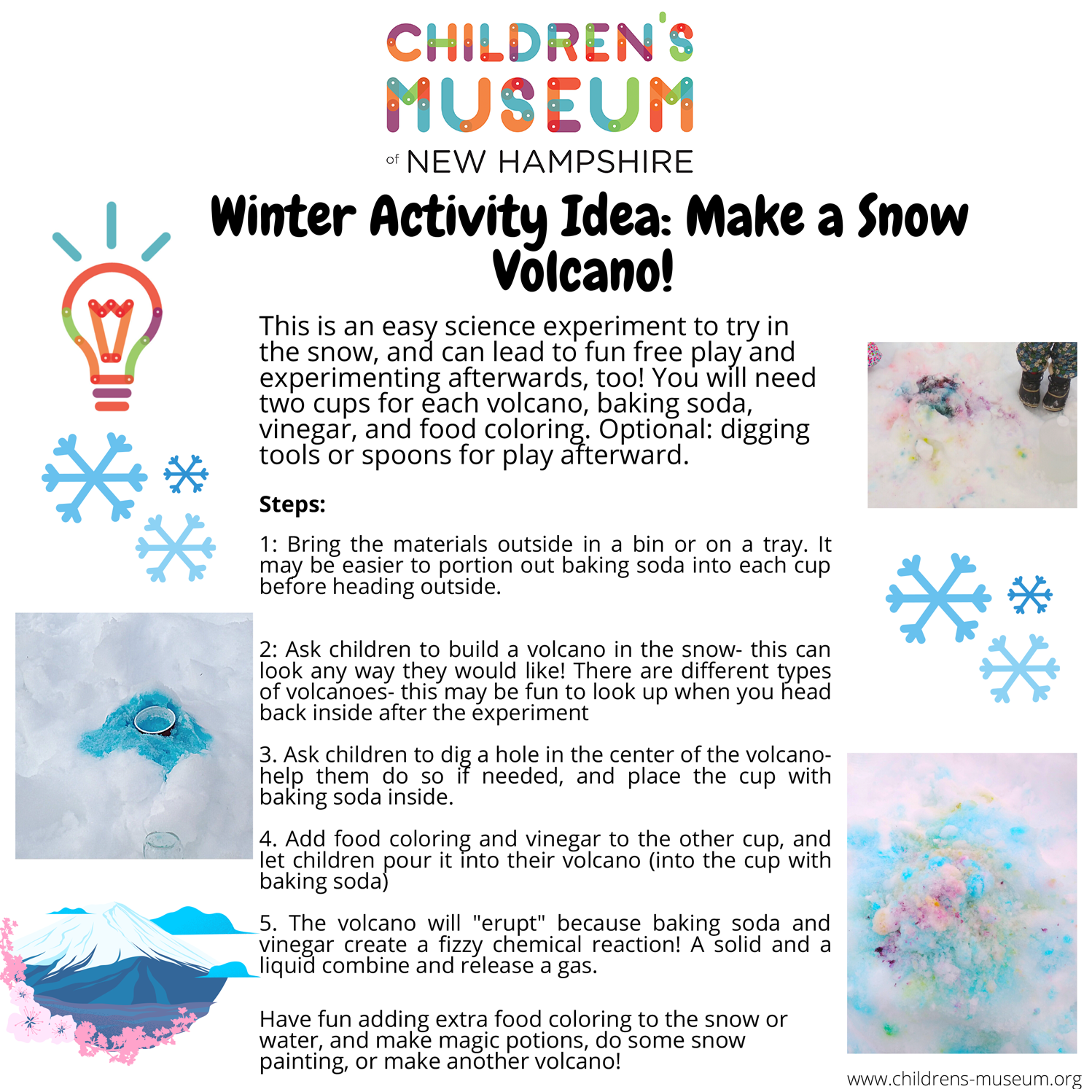
When Do Children Start Playing Together?
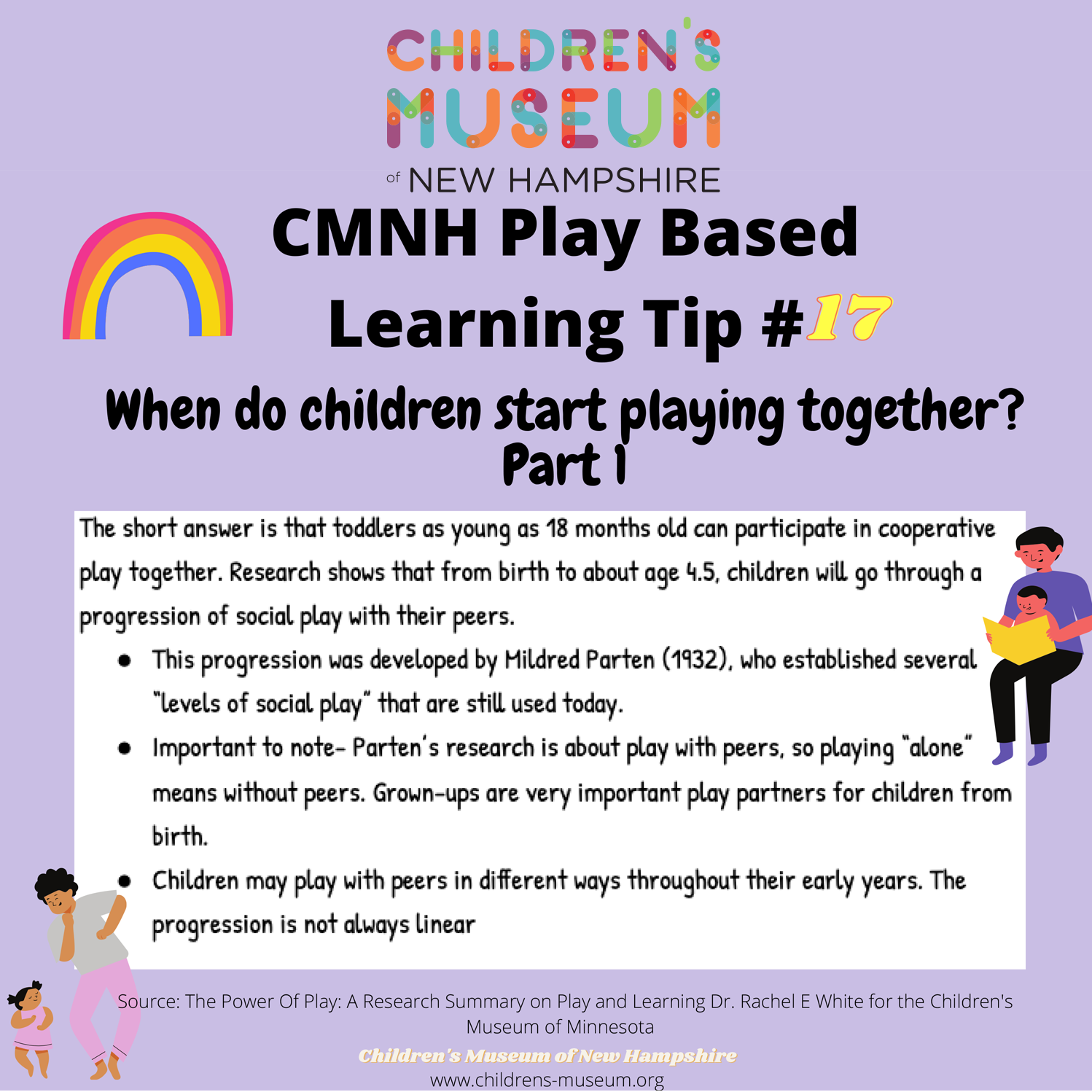
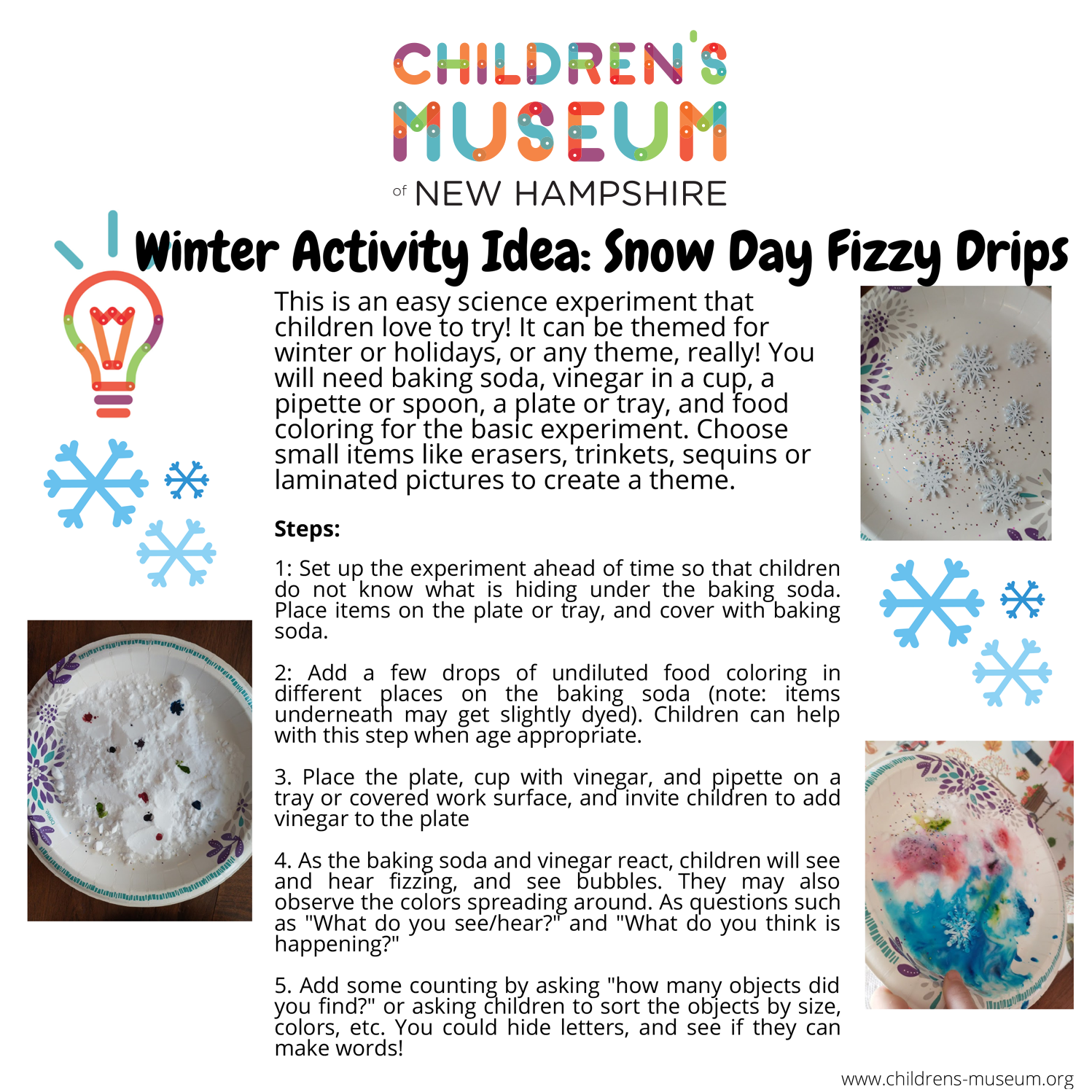
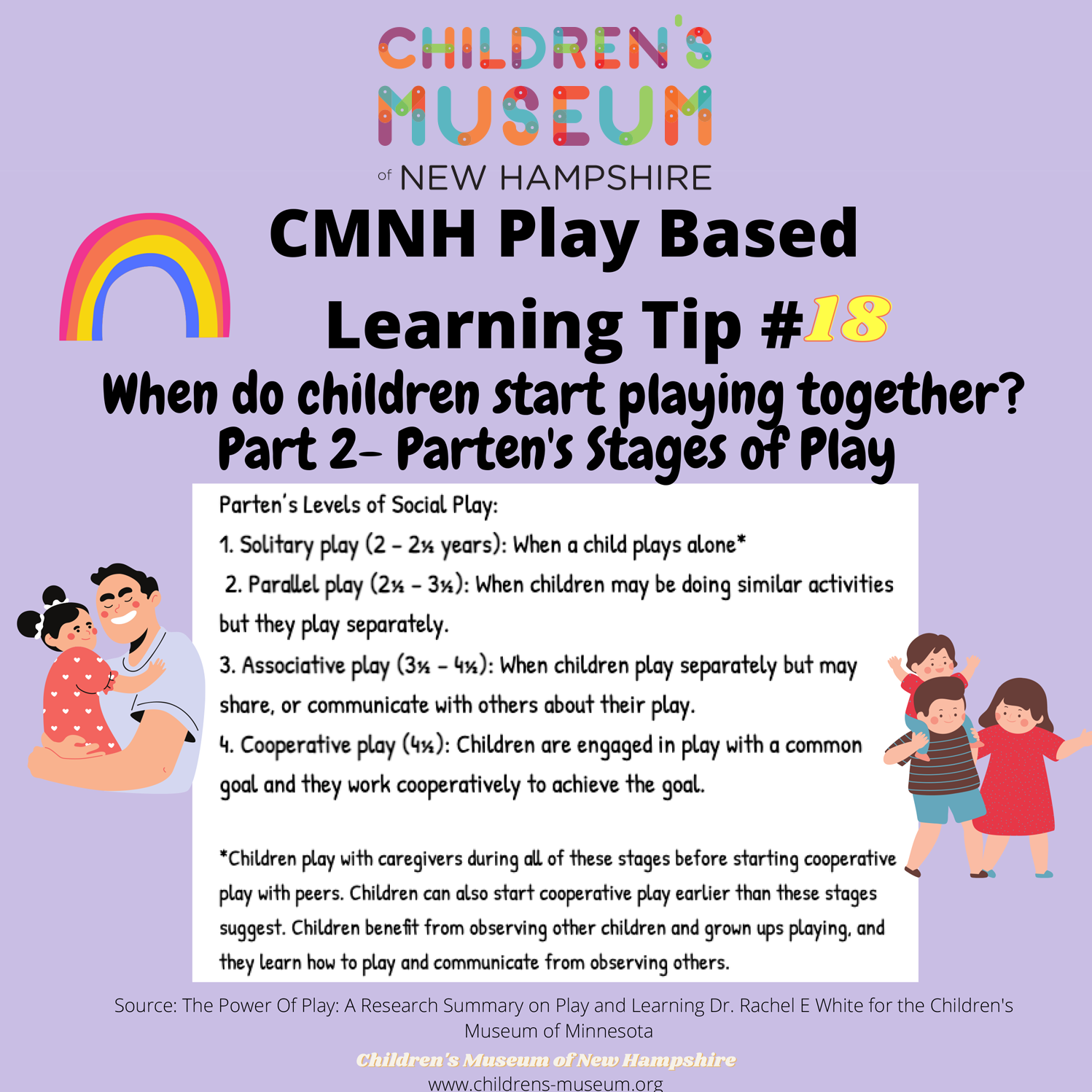
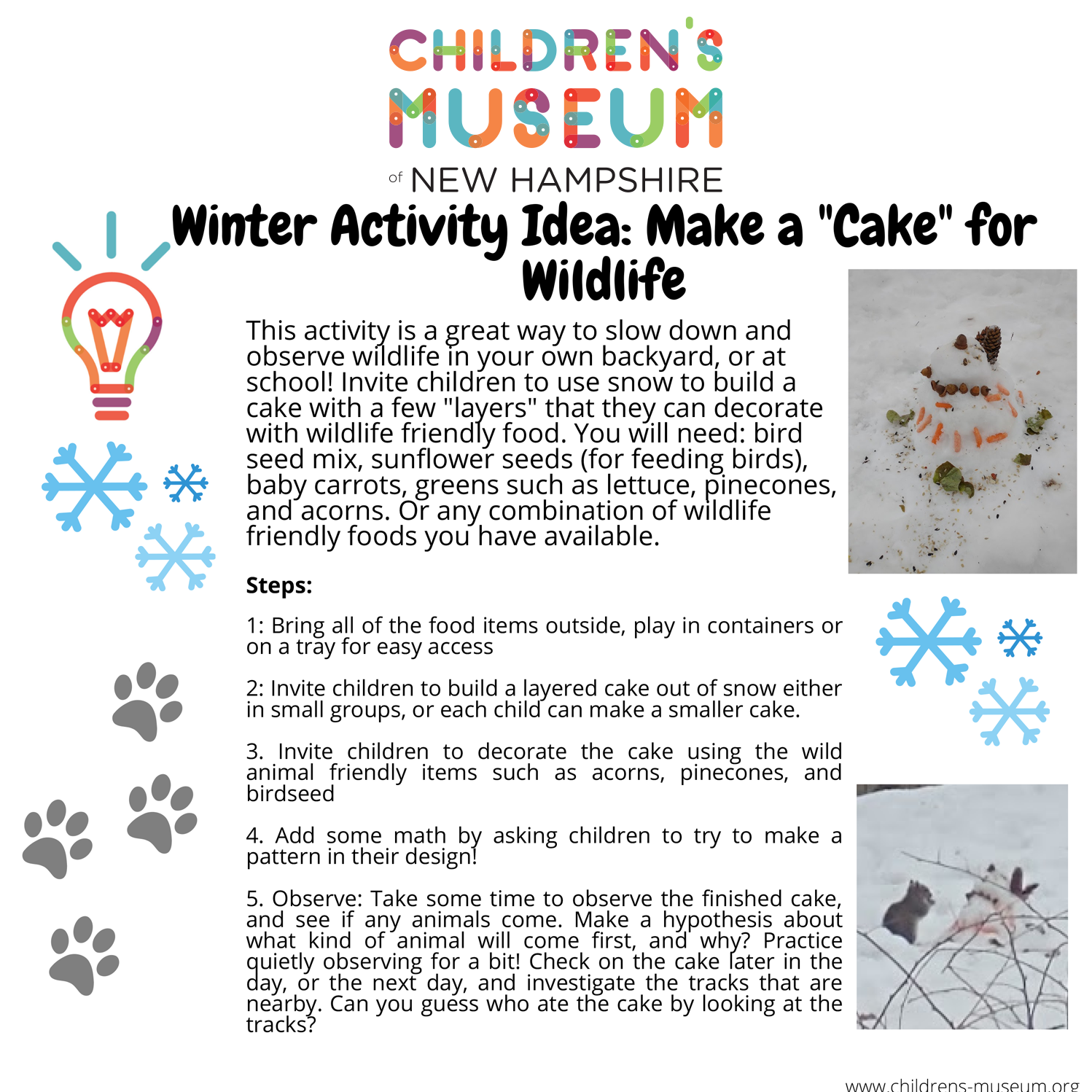
What Is Independent Free Play
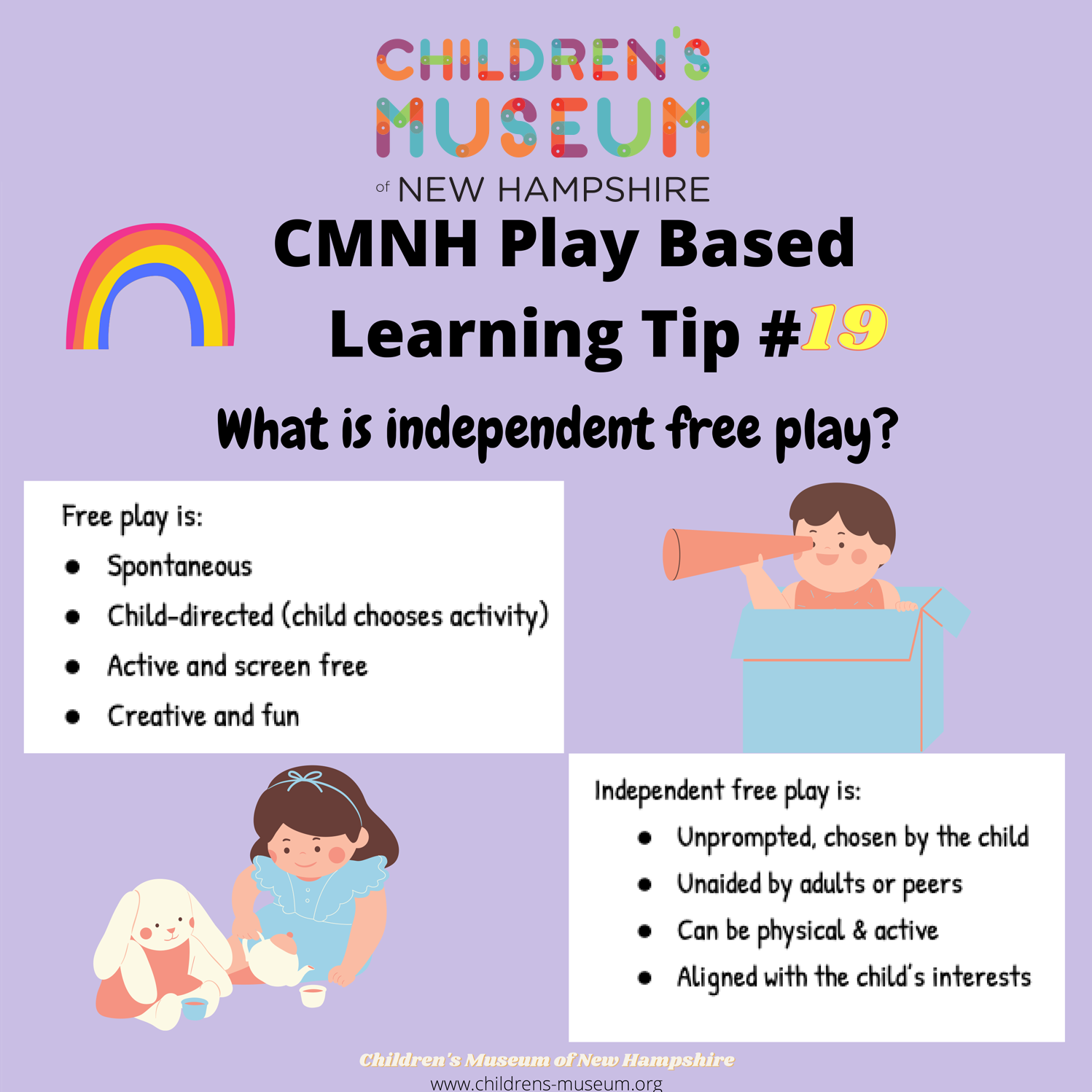
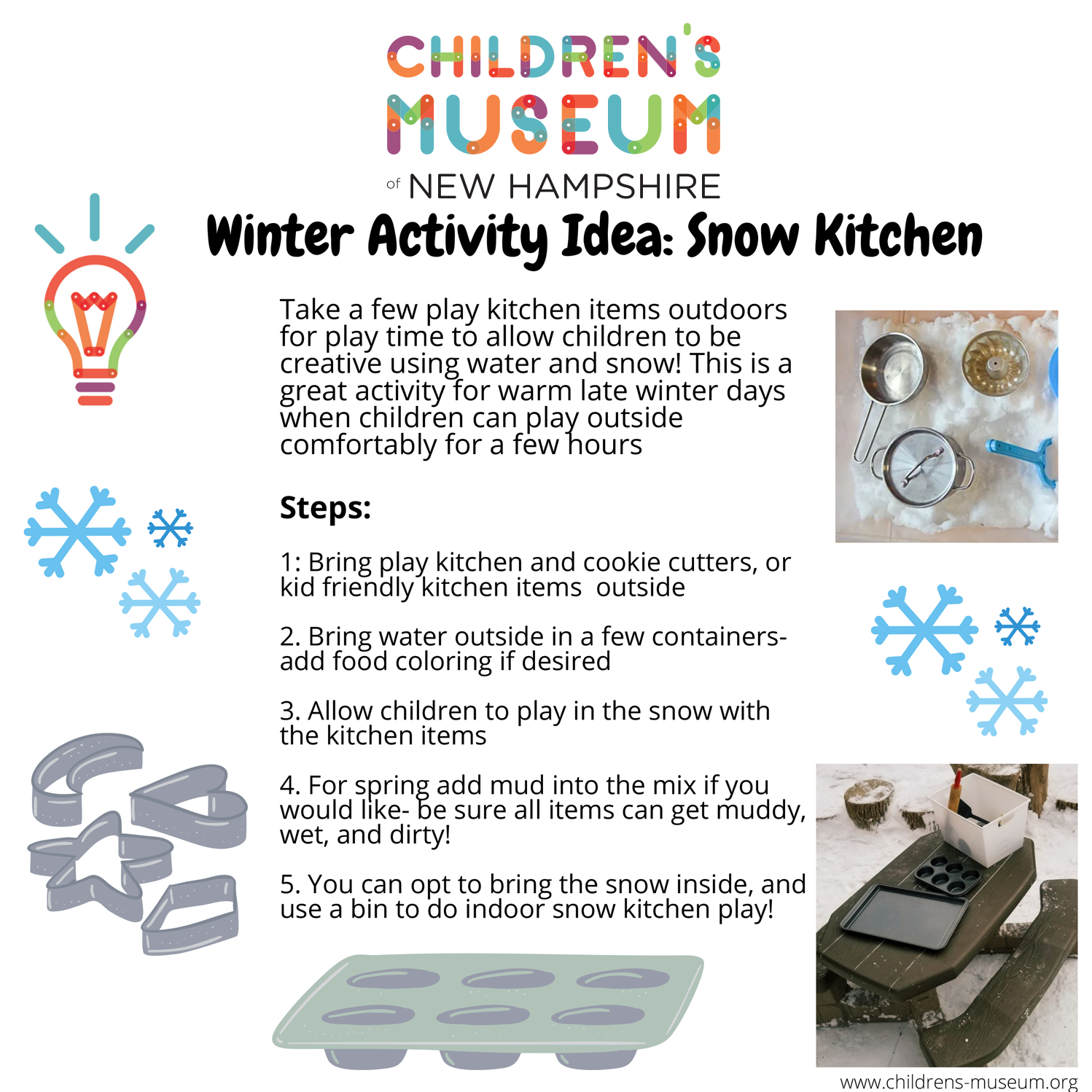
Value of Independent Free Play
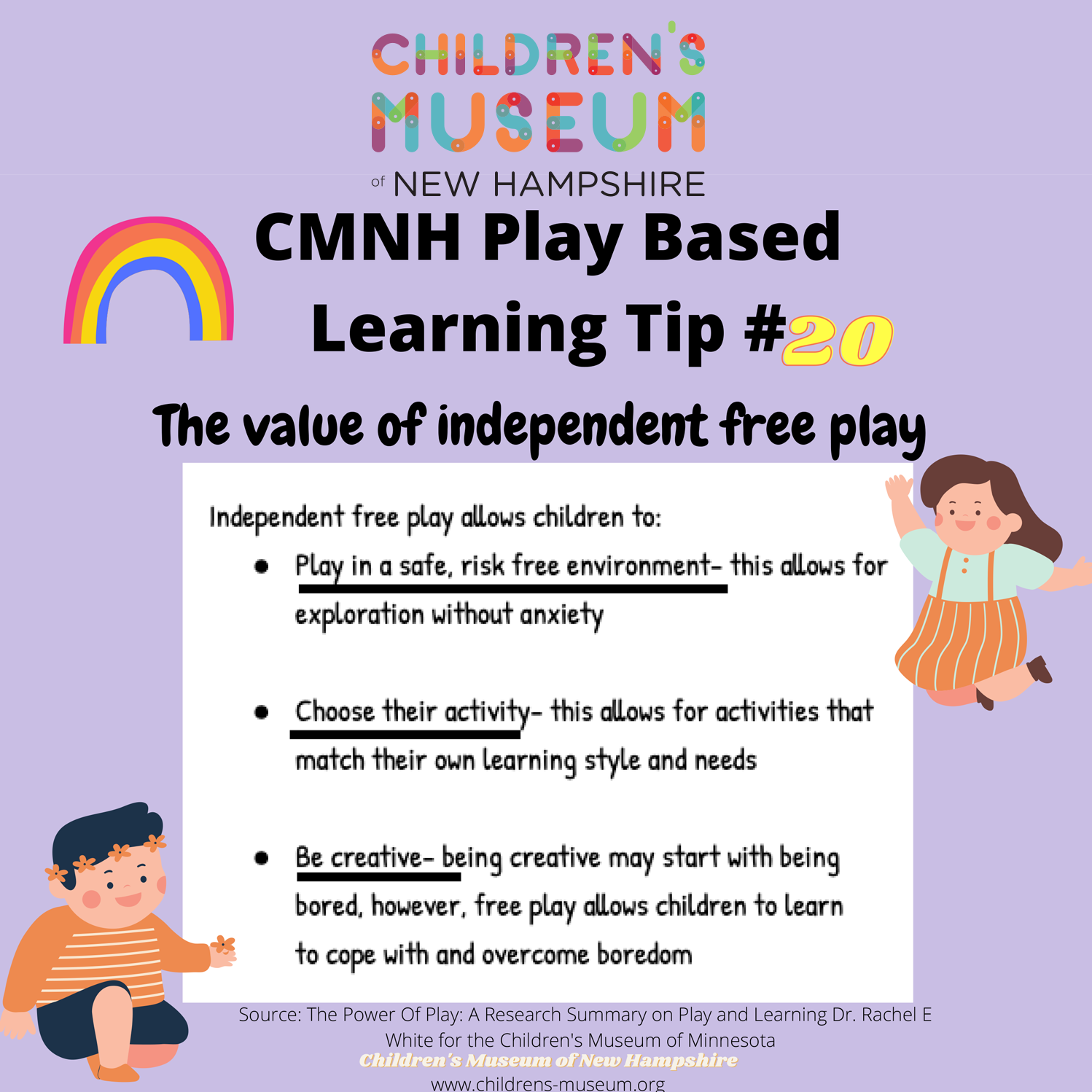
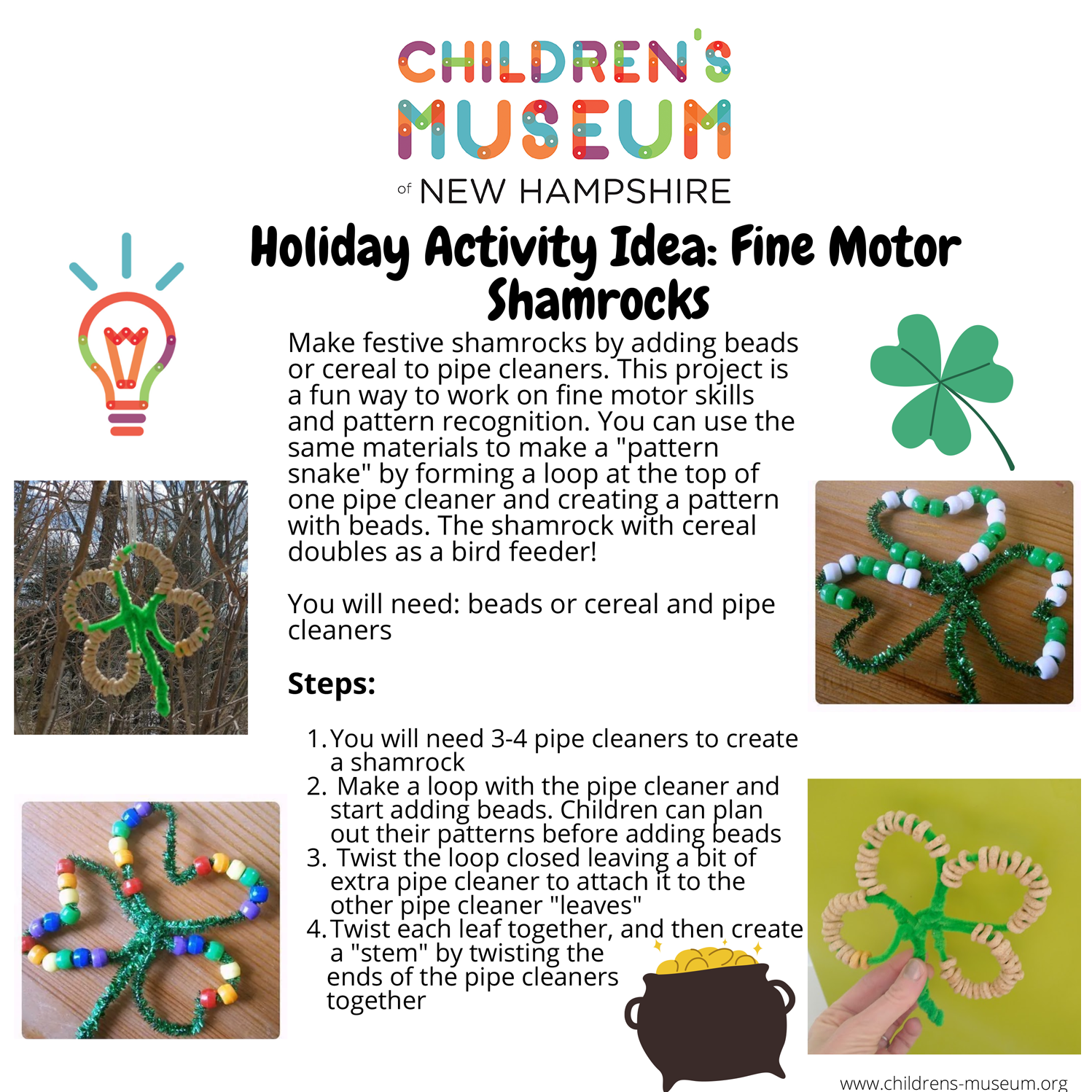
This project was made possible in part by the Institute of Museum and Library Services [IGSM-251432-OMS-22]
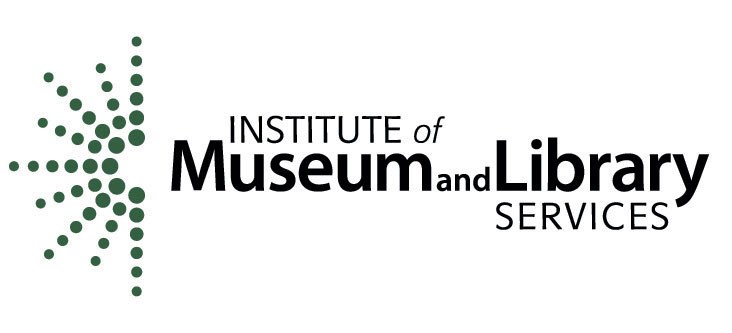
Support was also generously provided by:
Evelyn S. and K.E. Barrett Foundation
